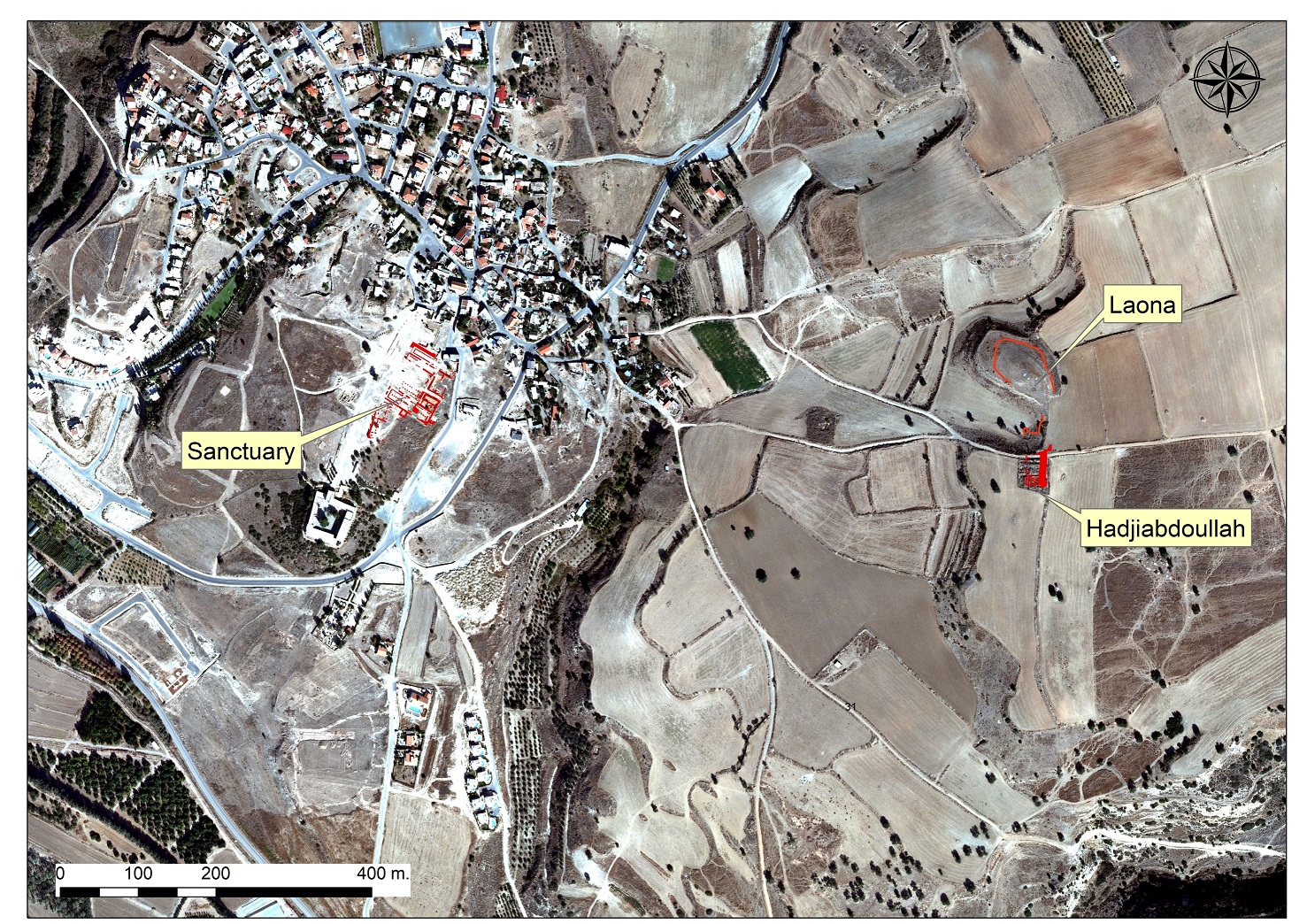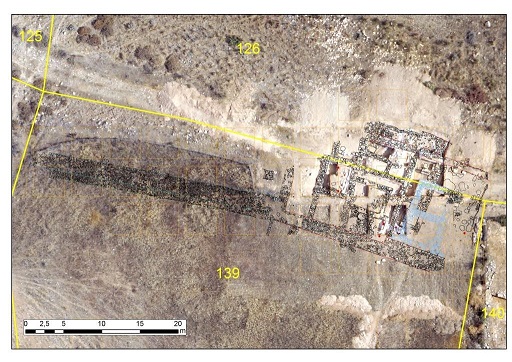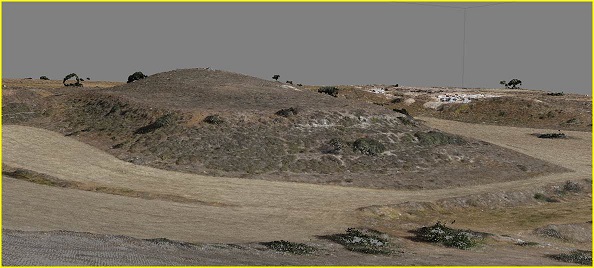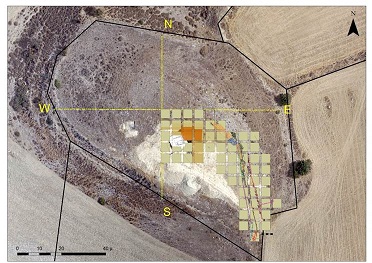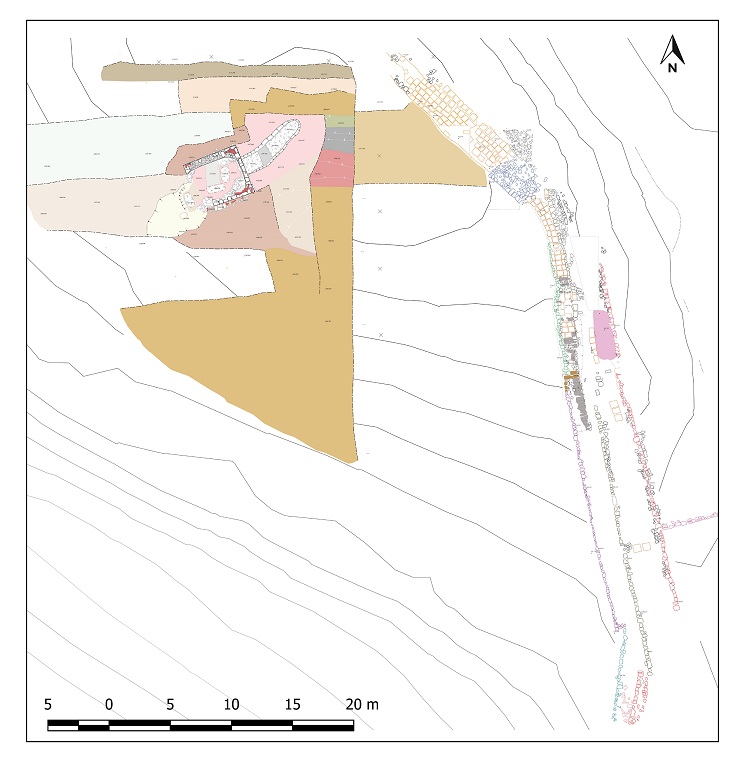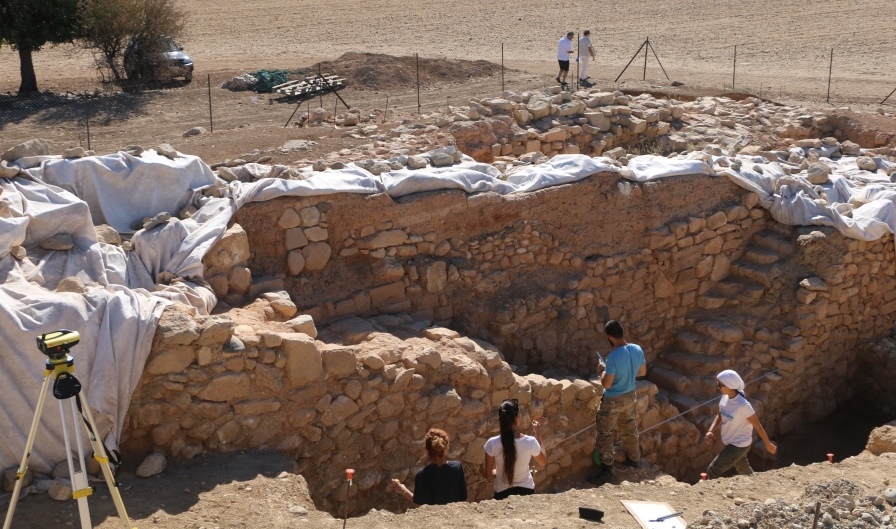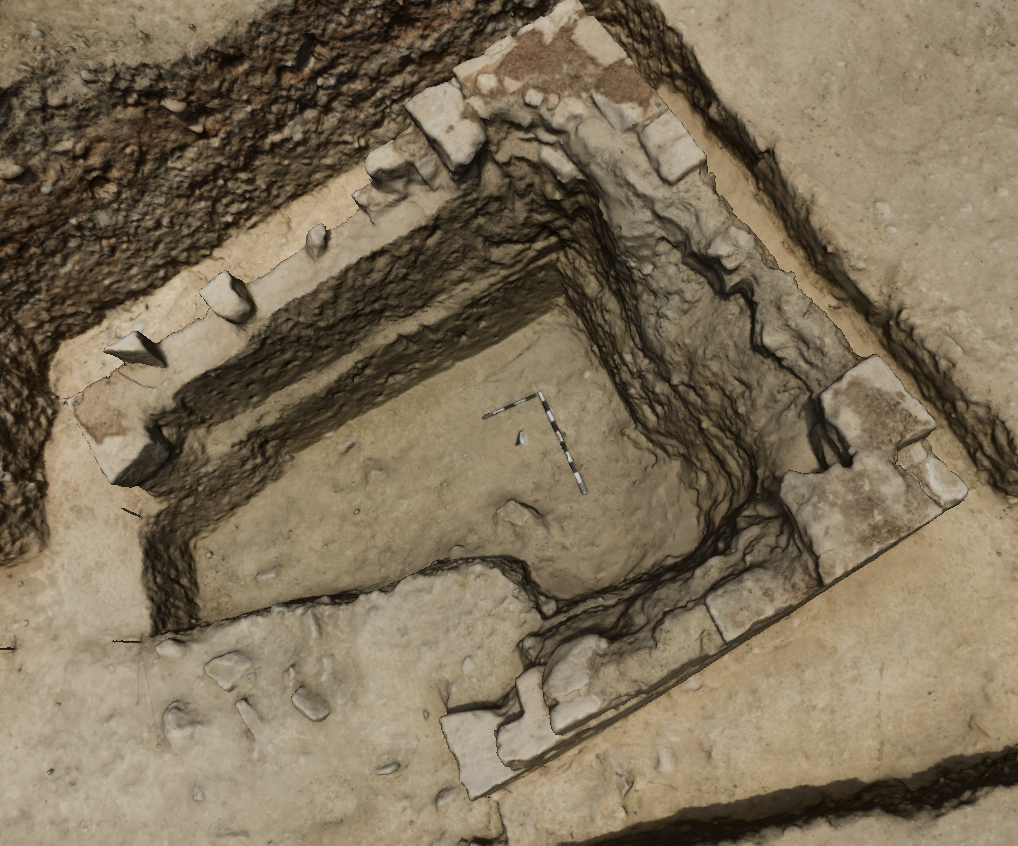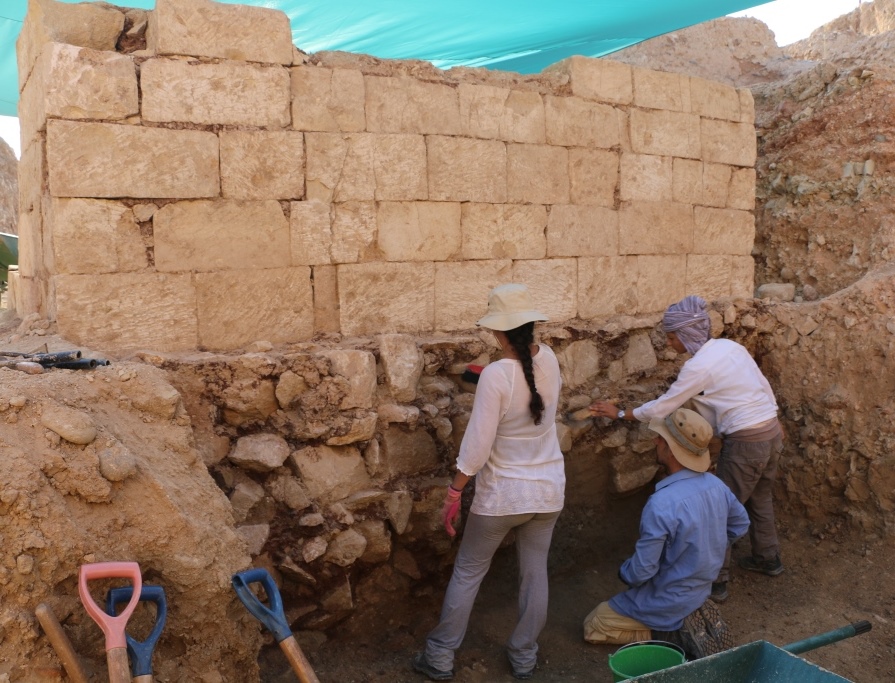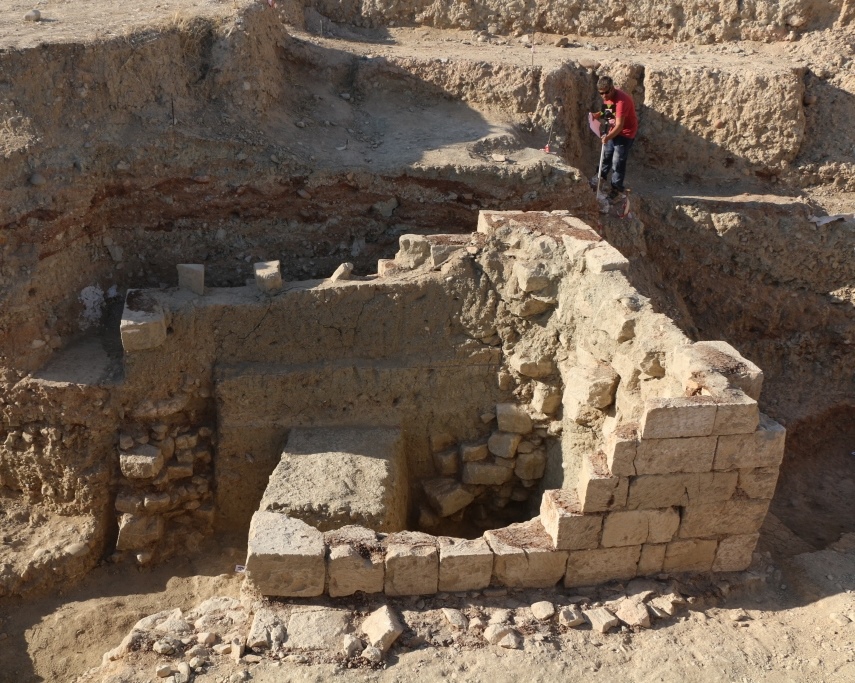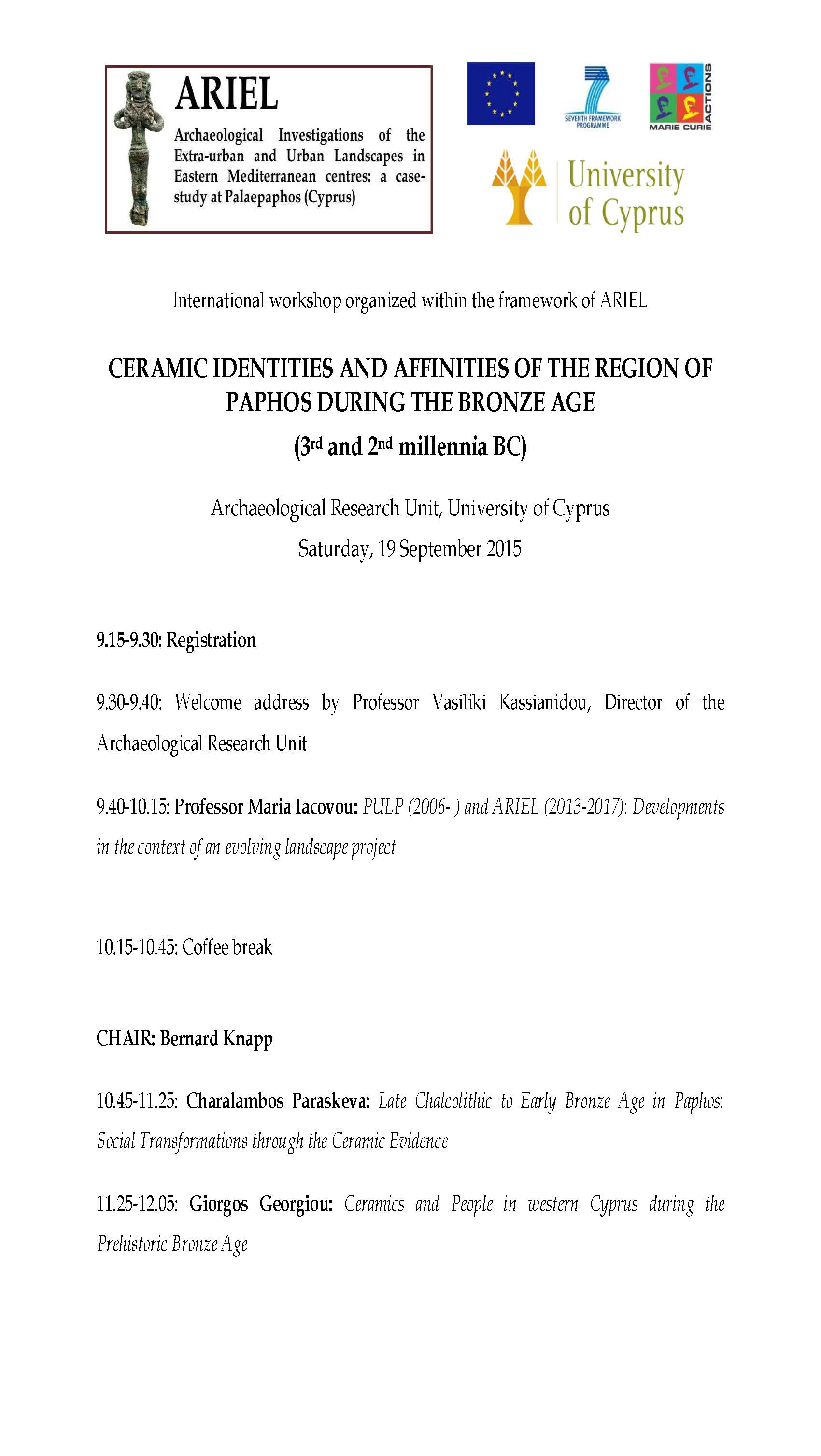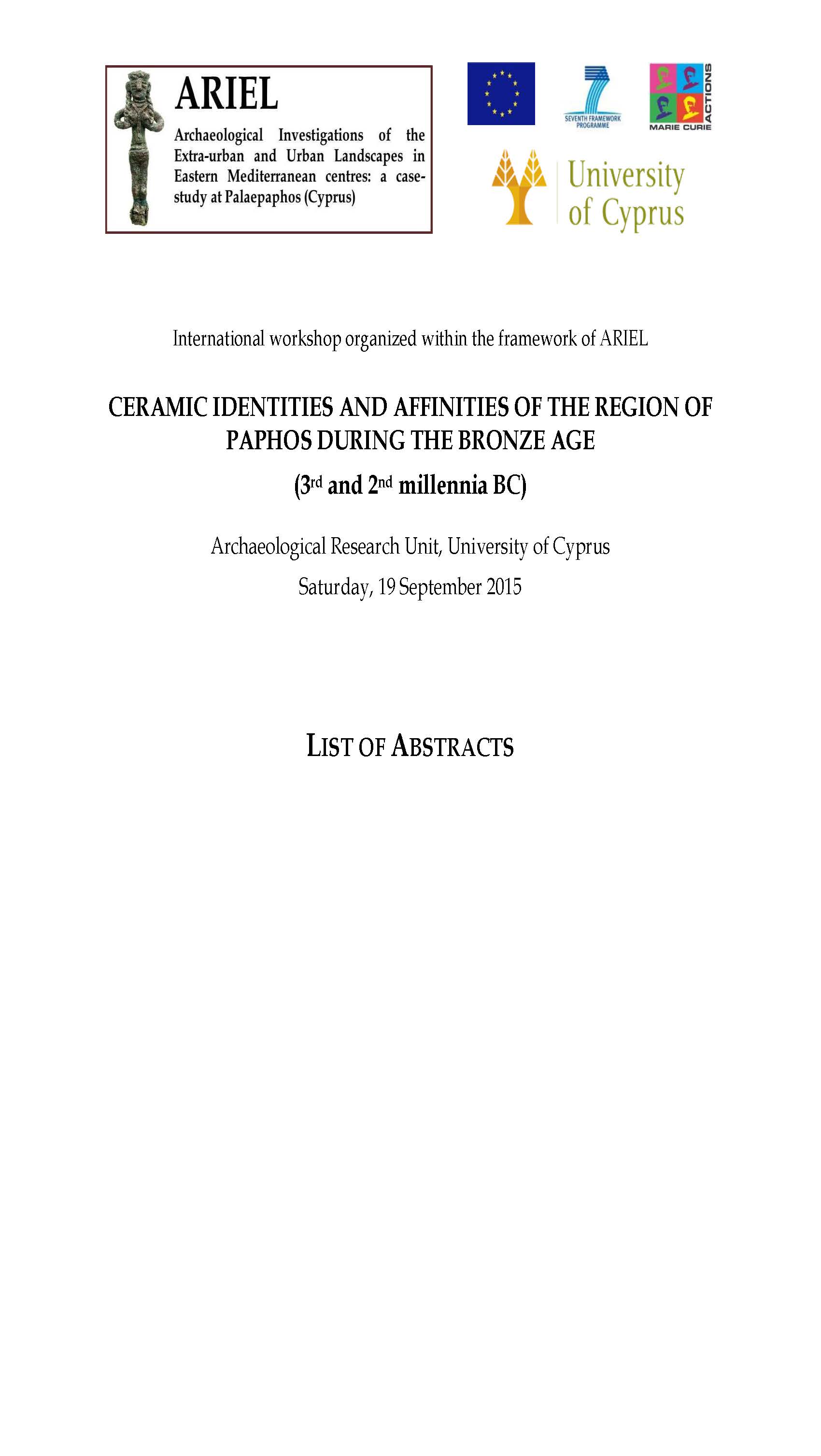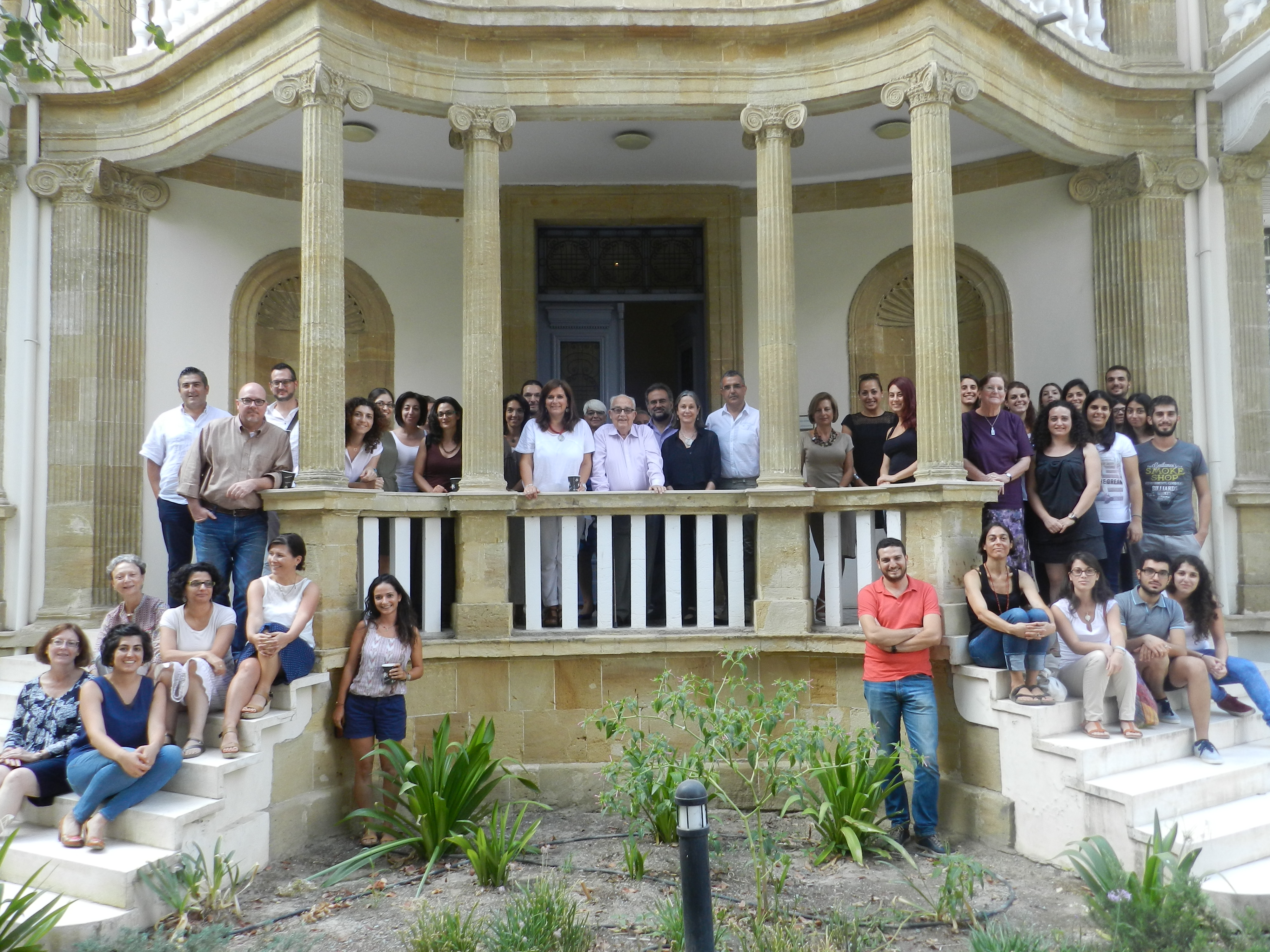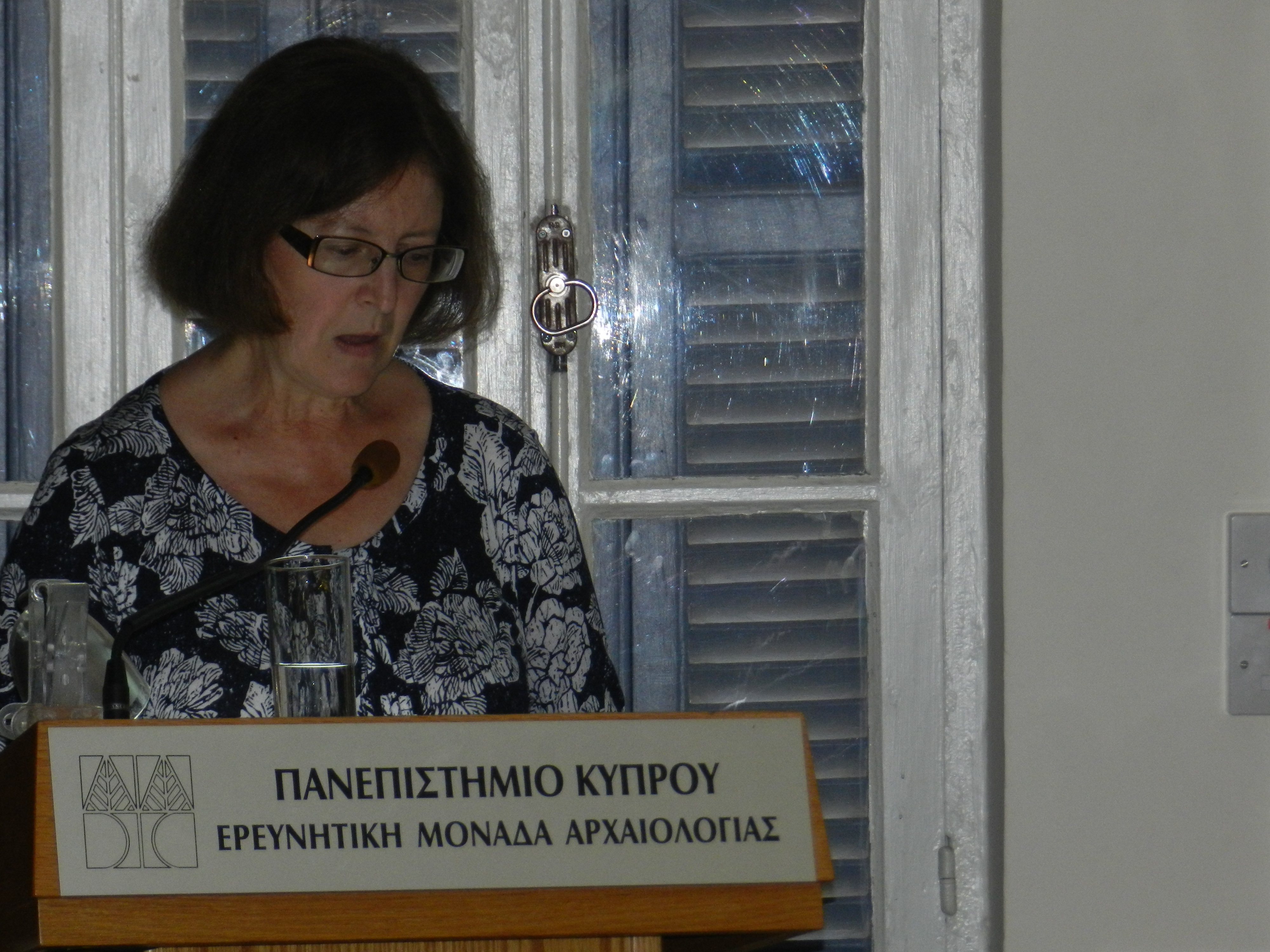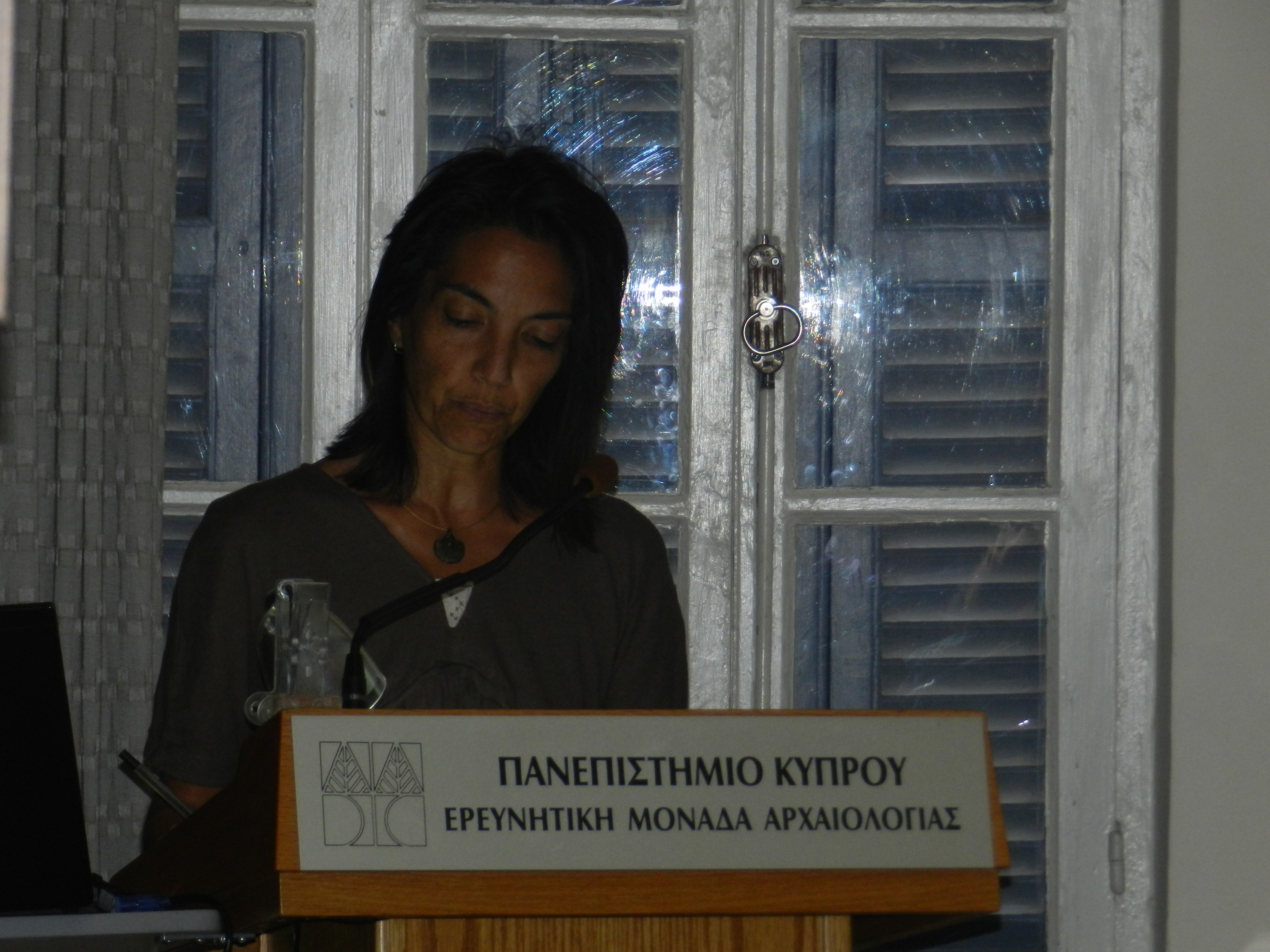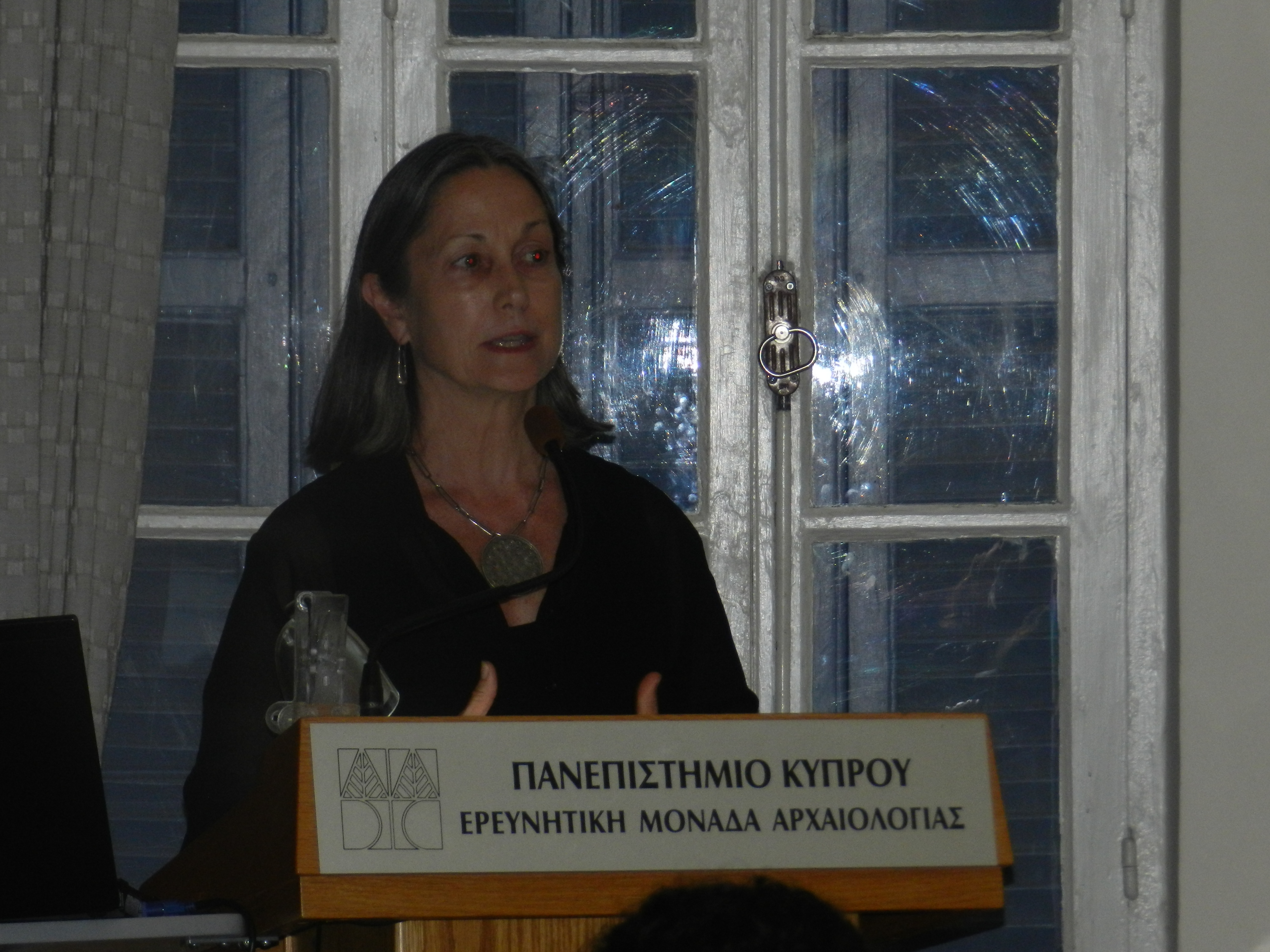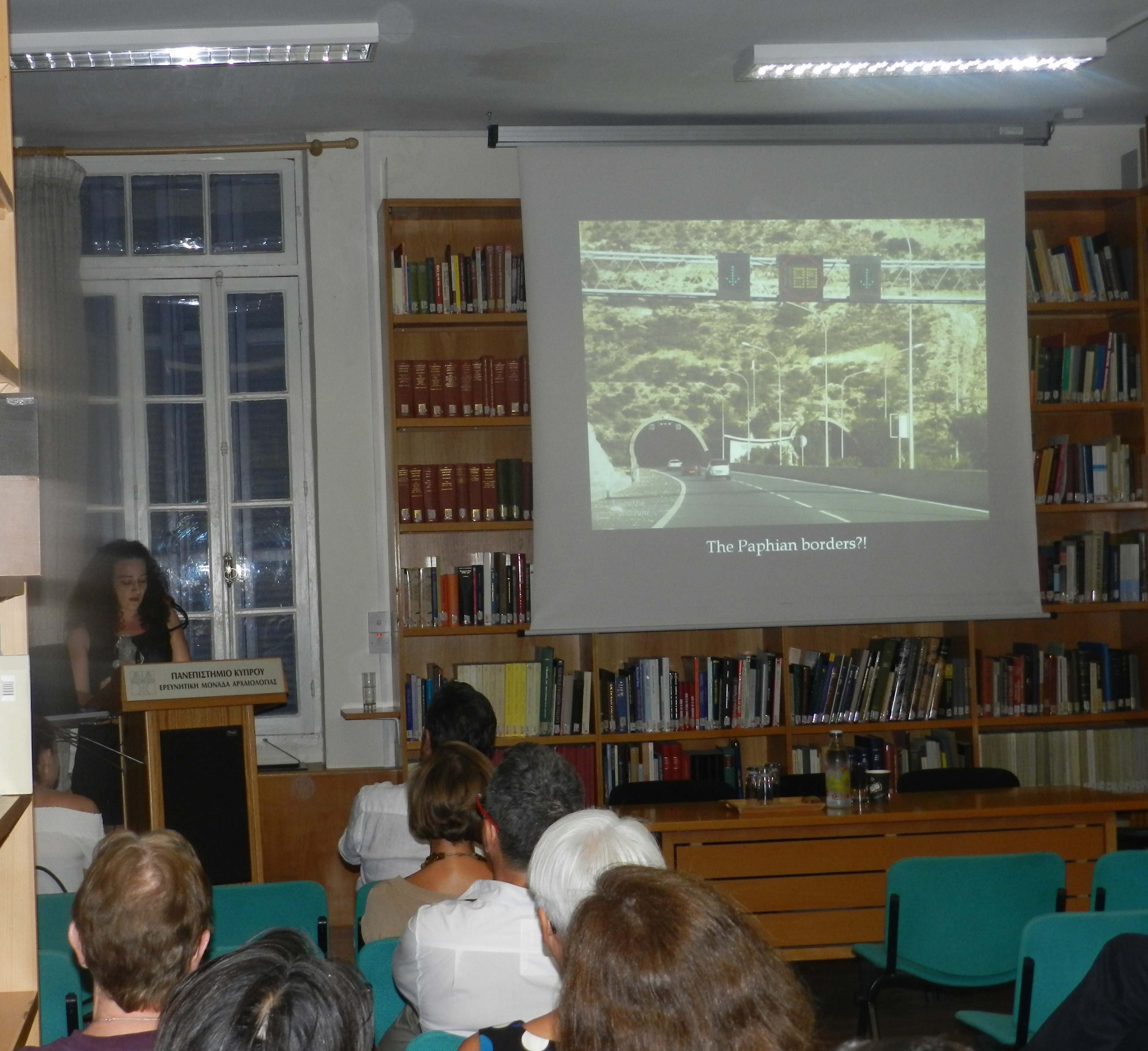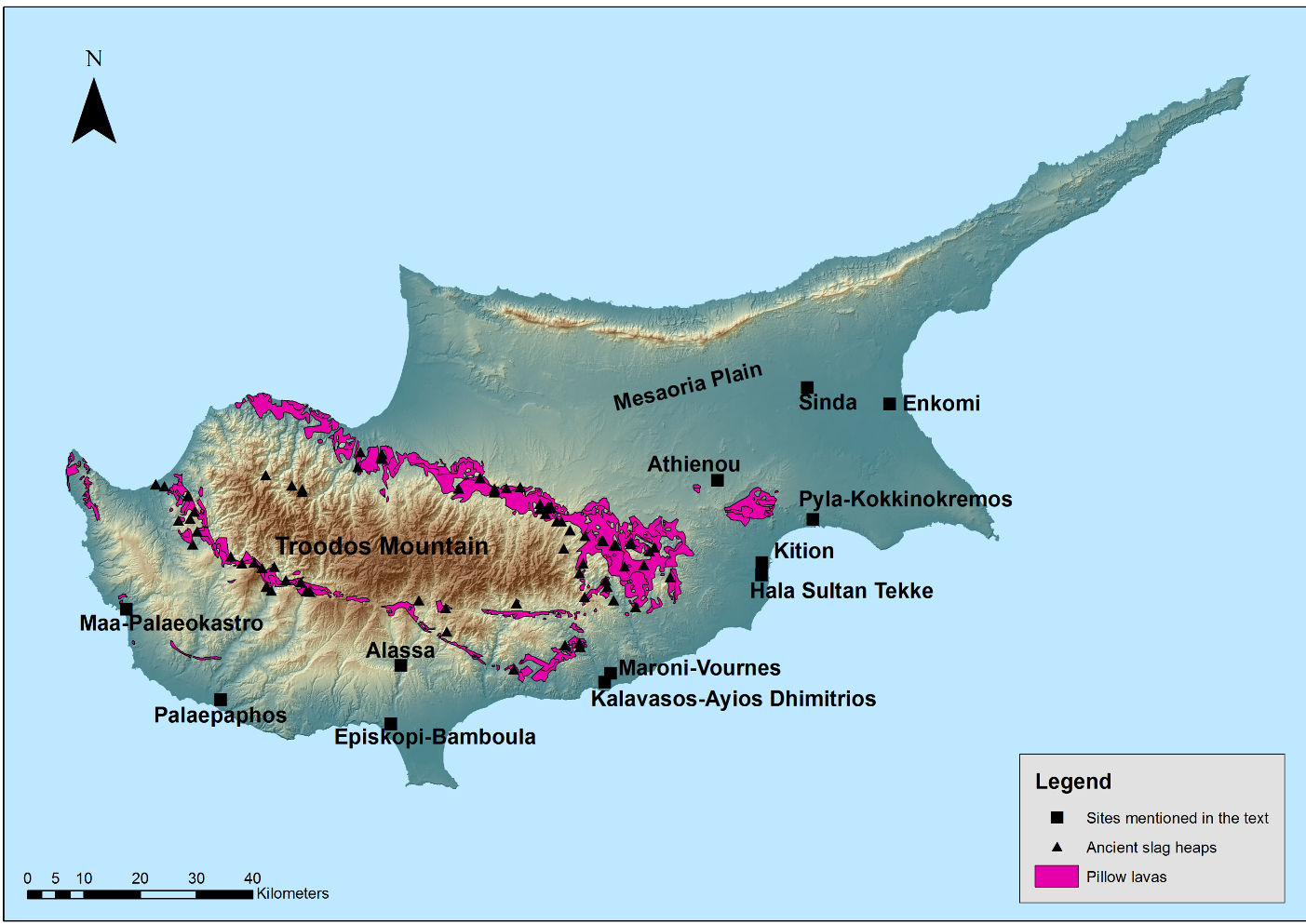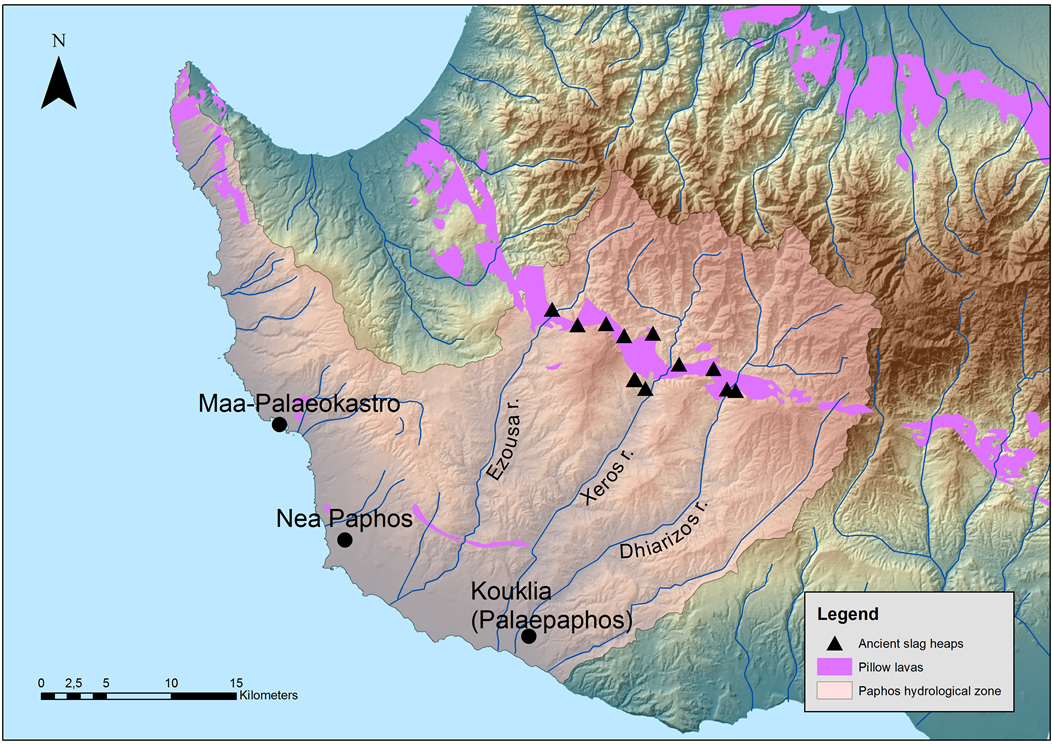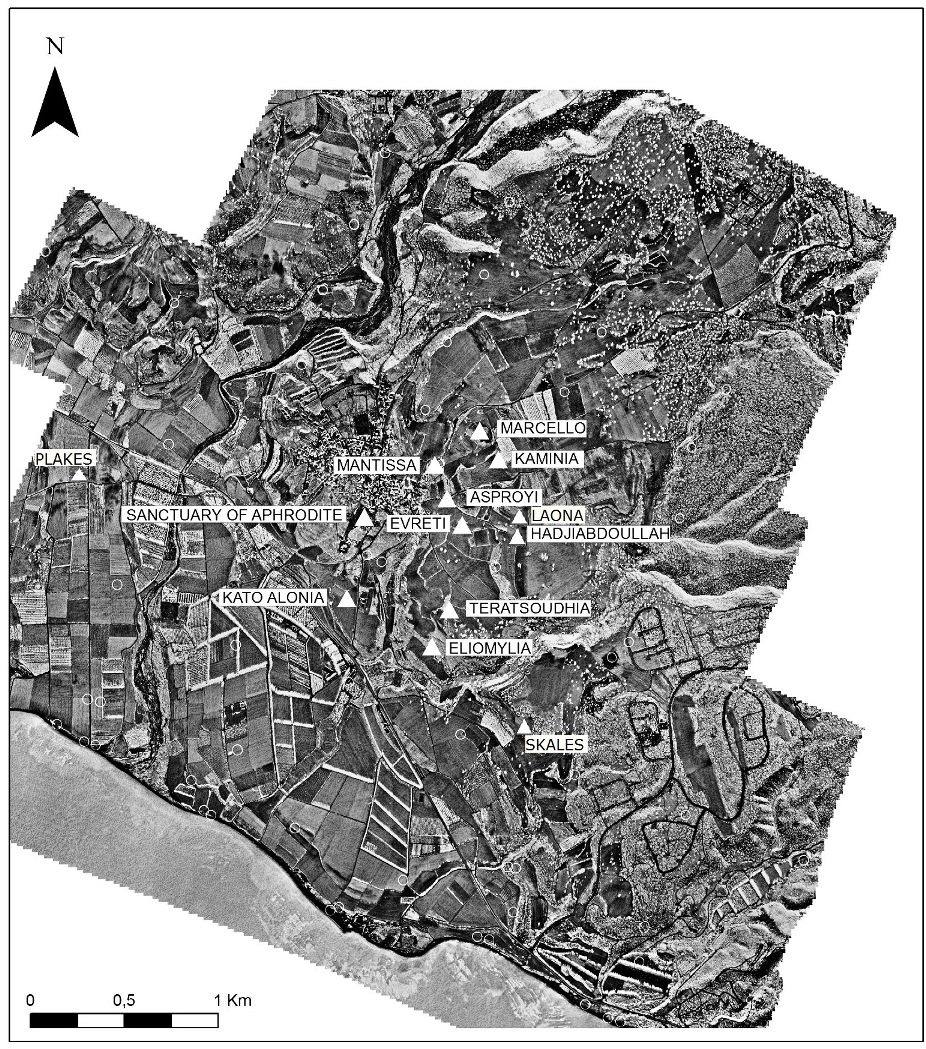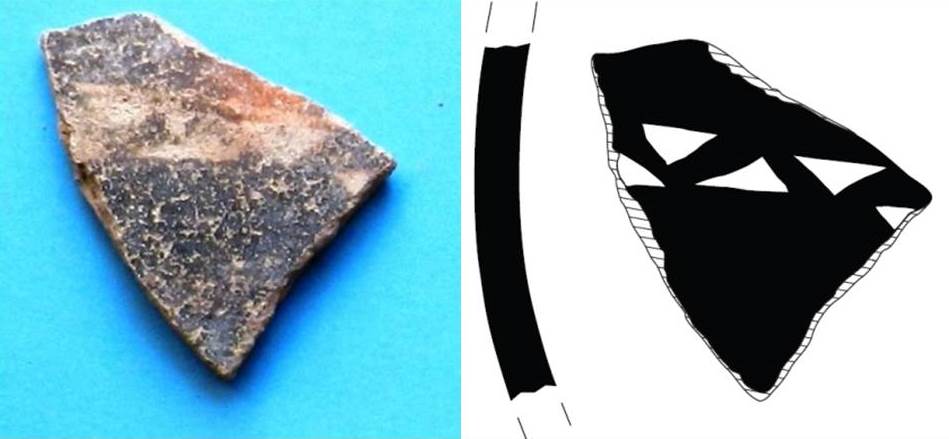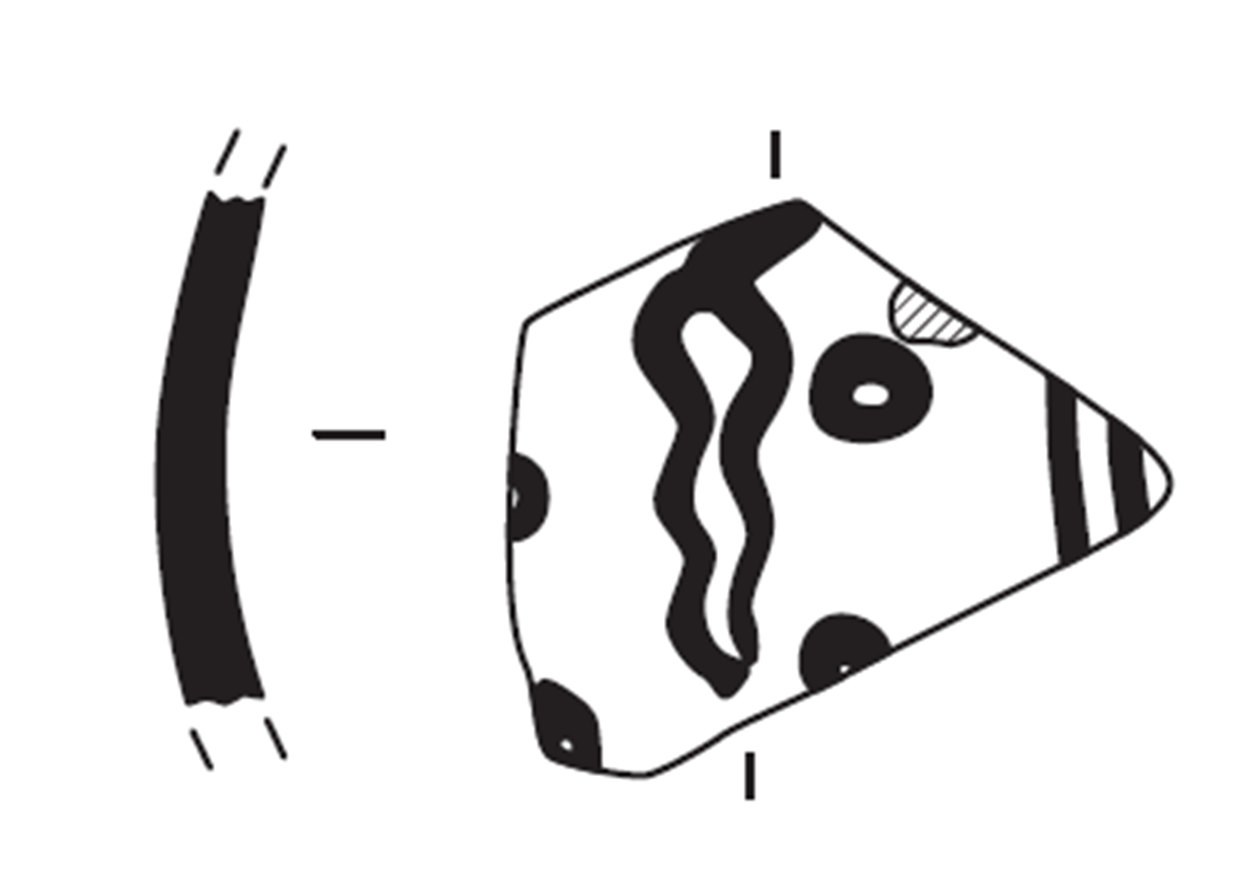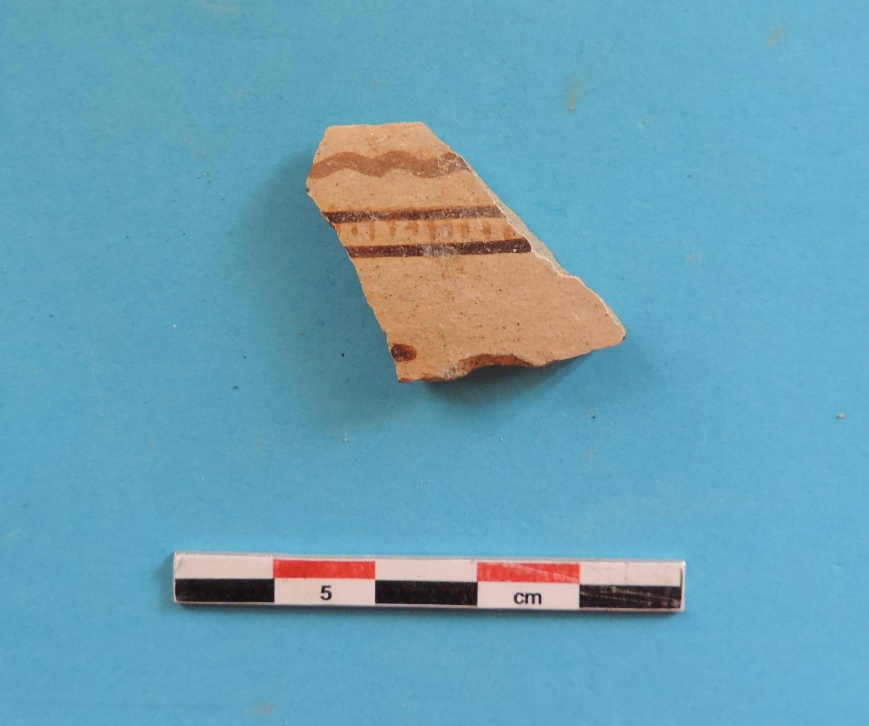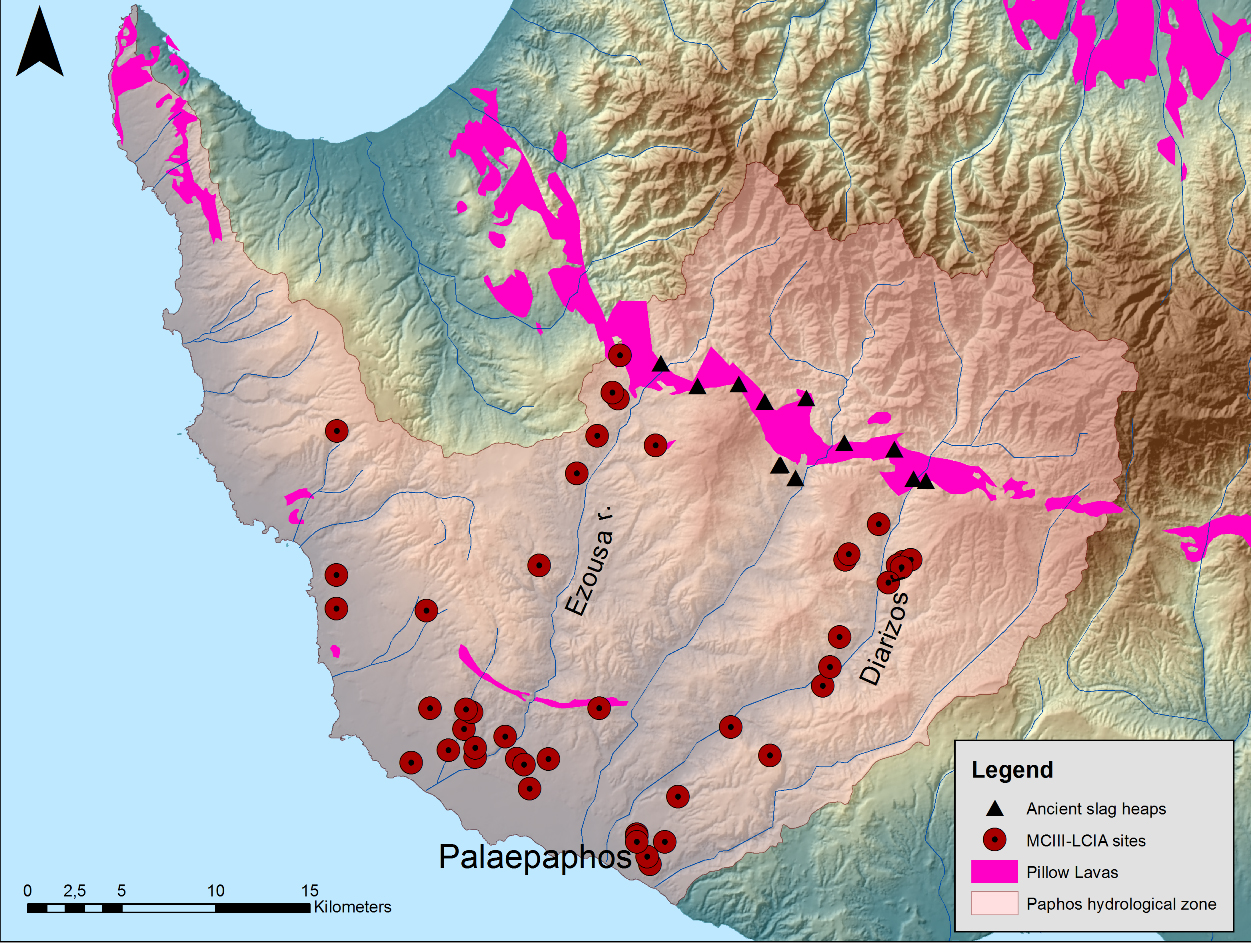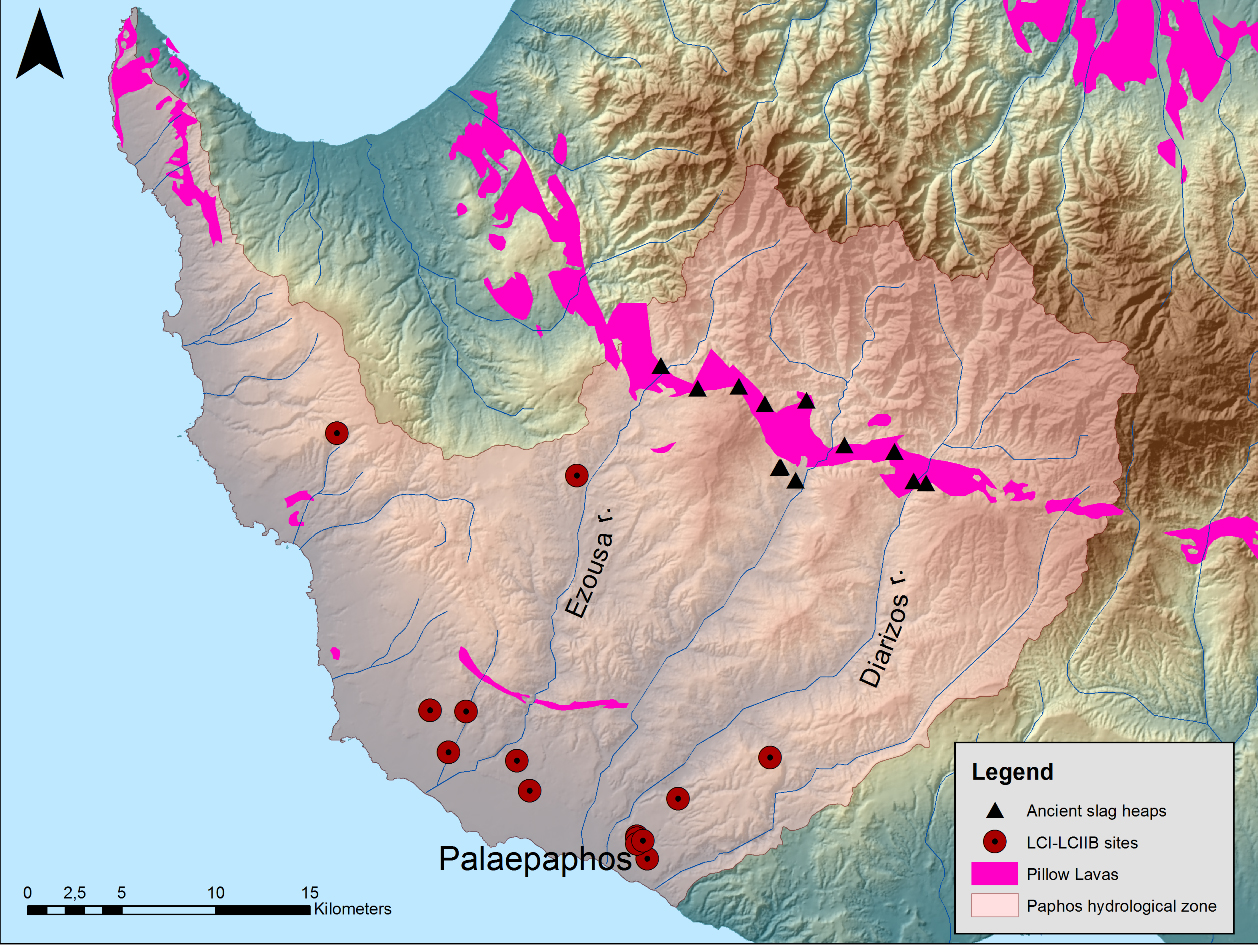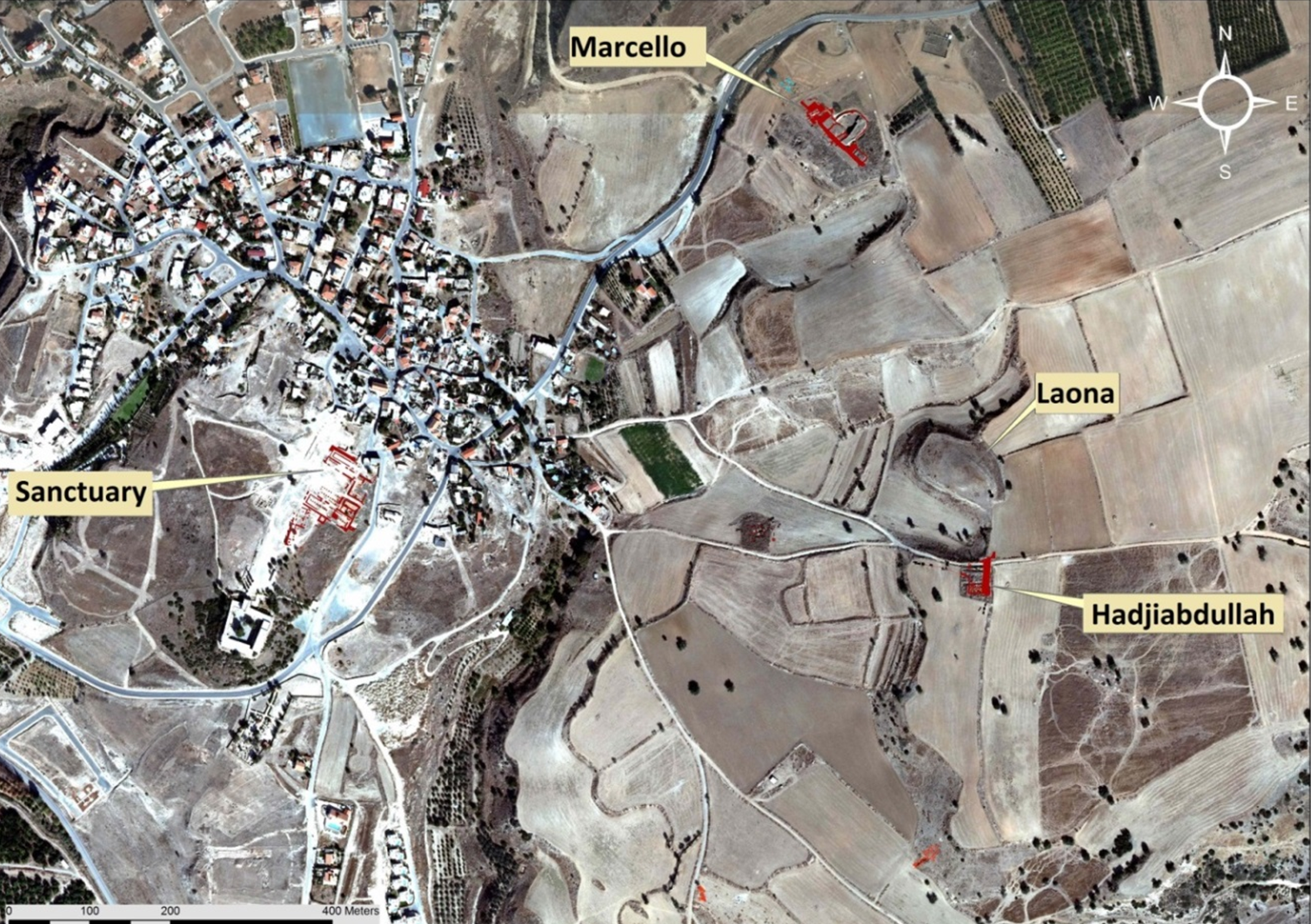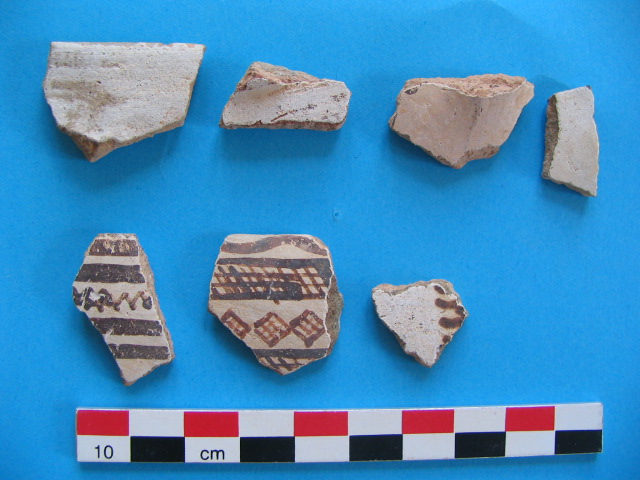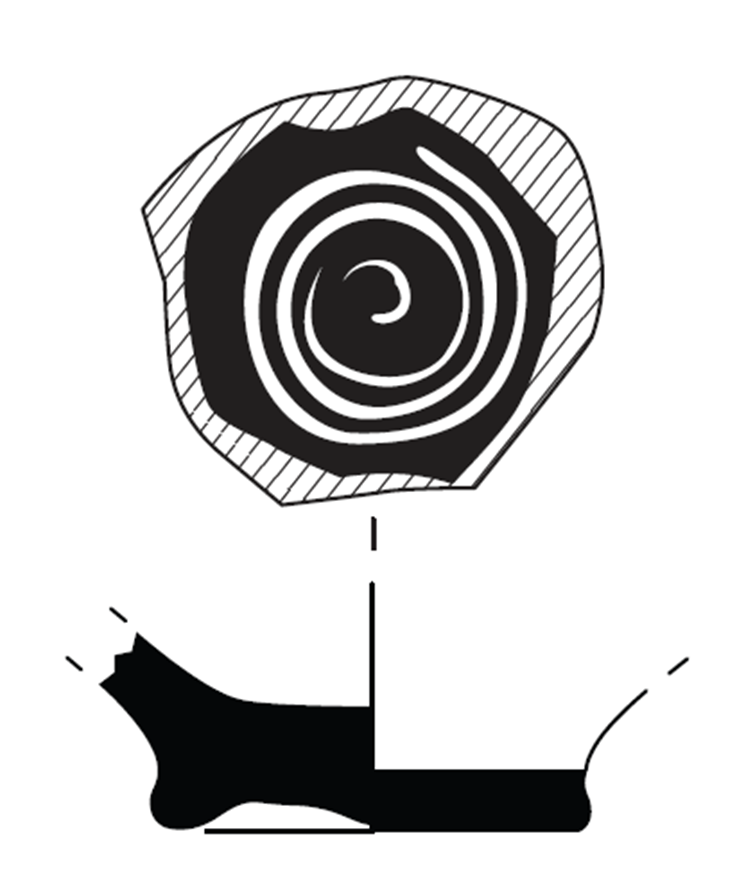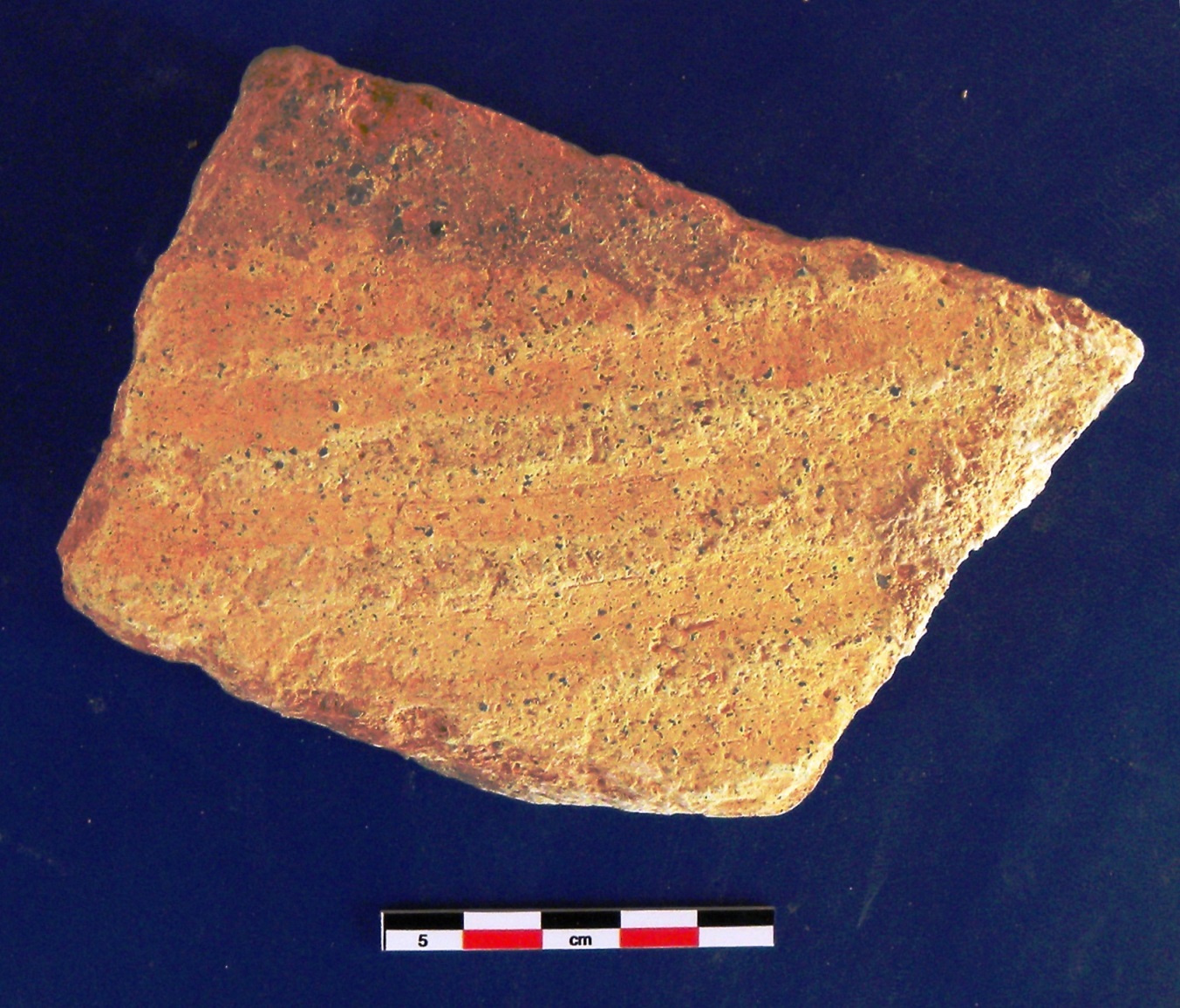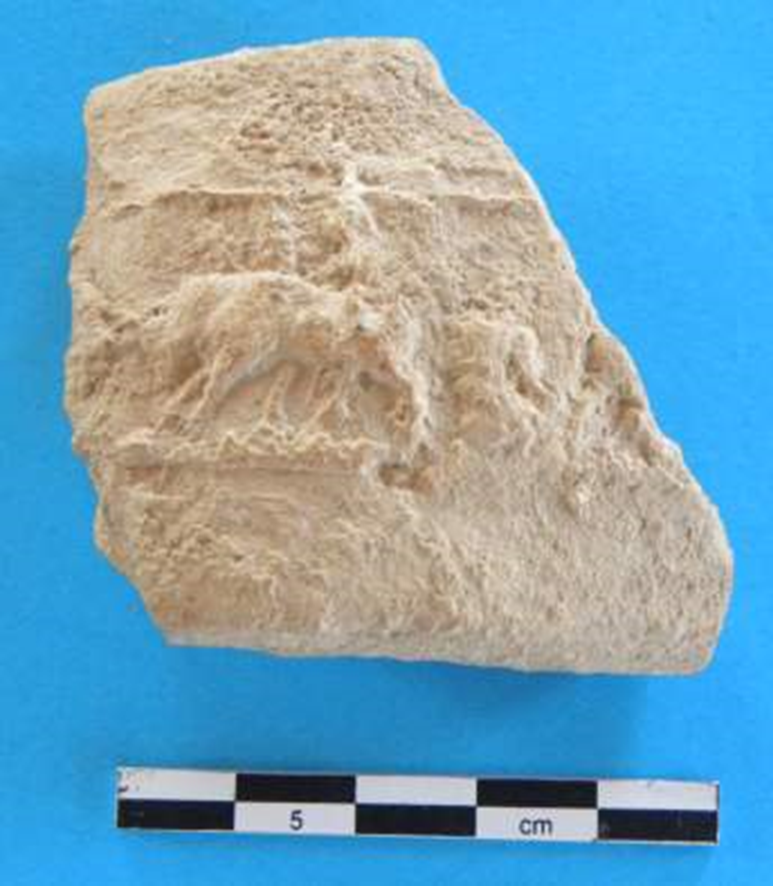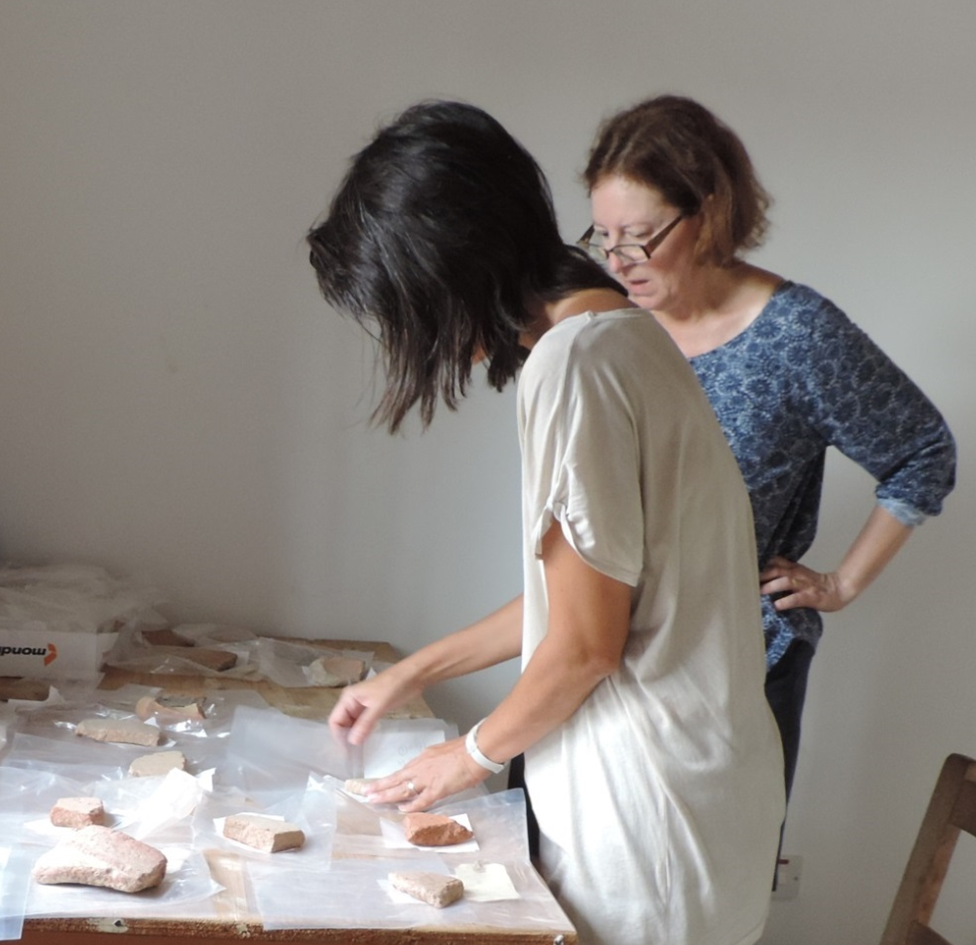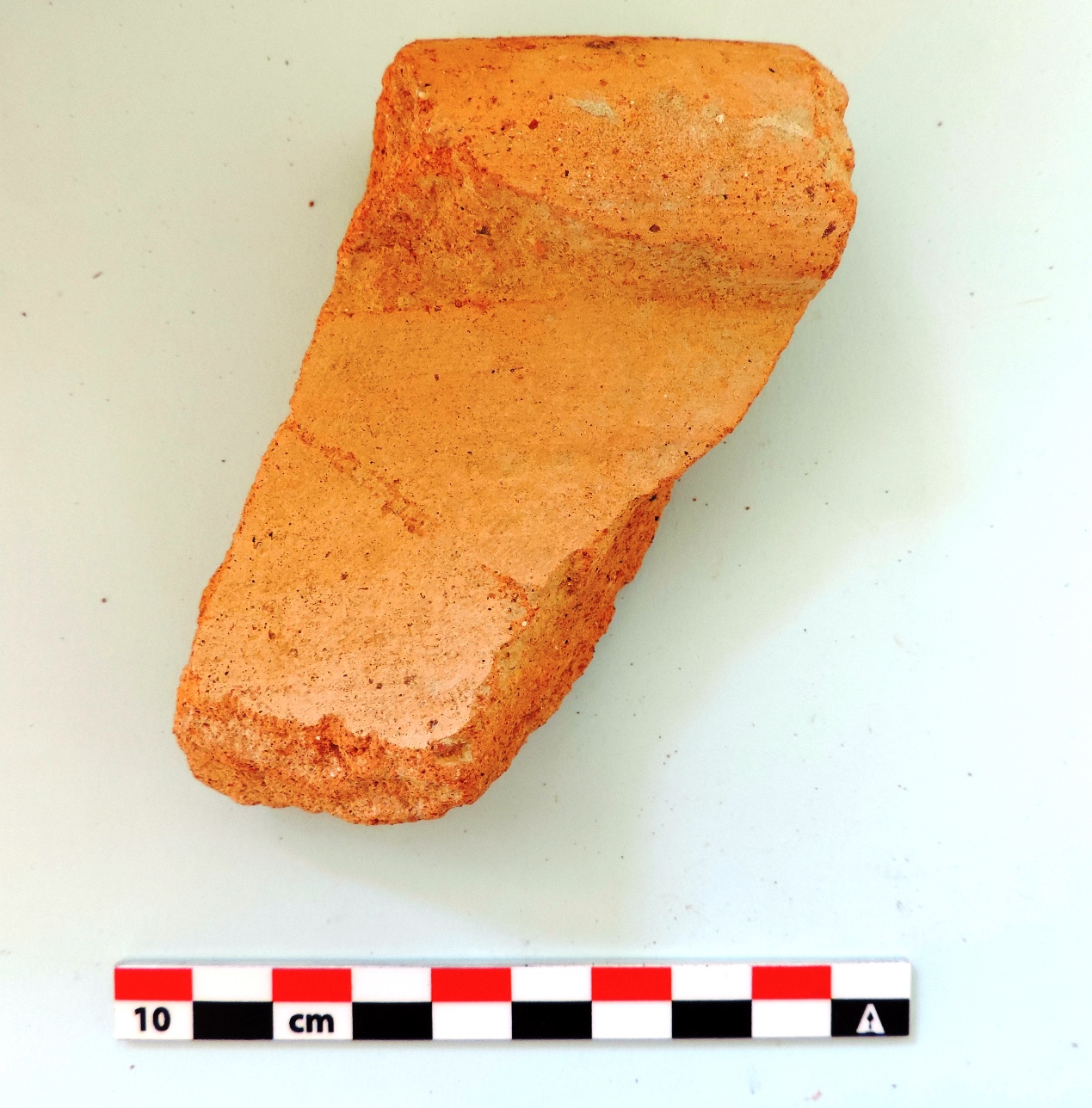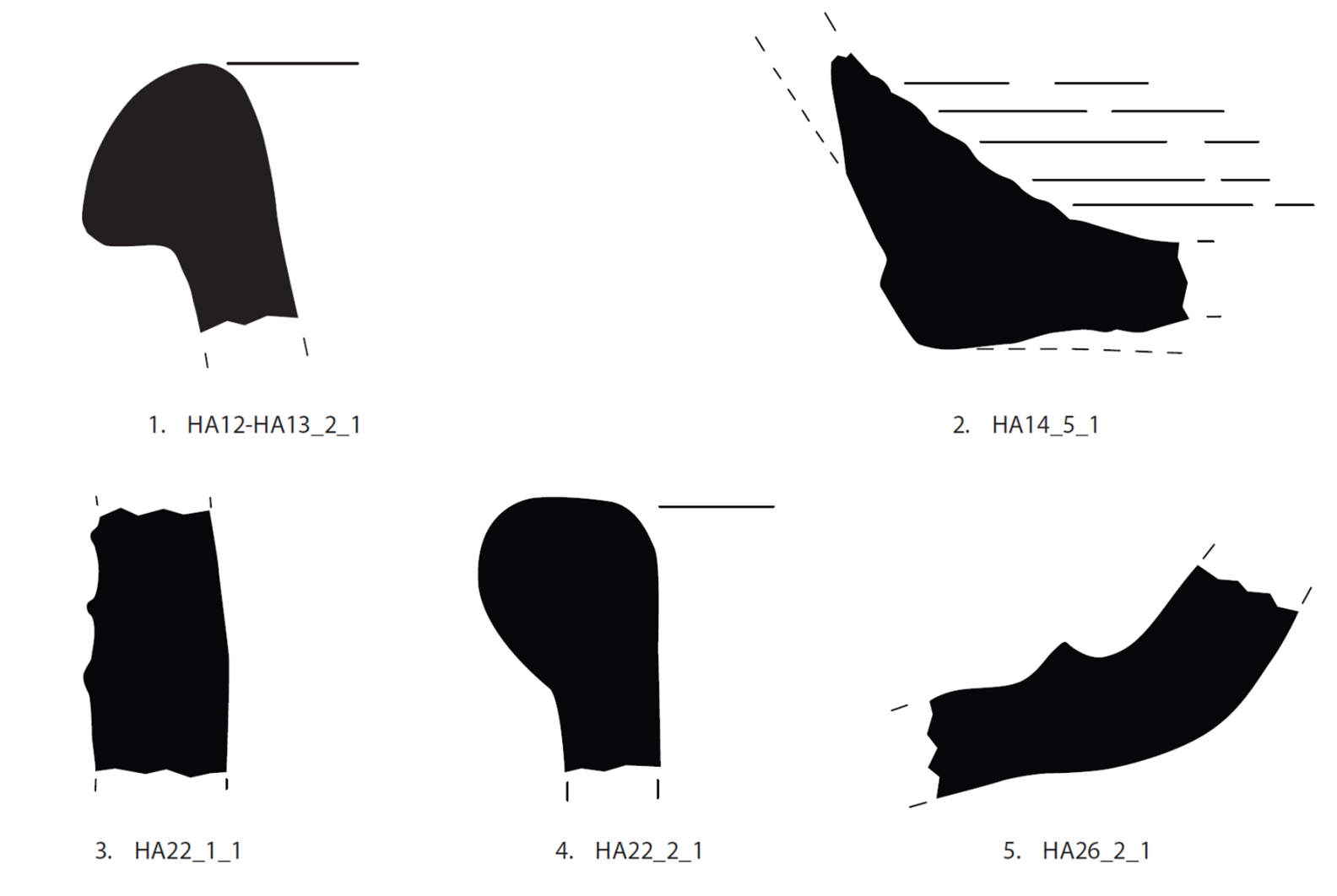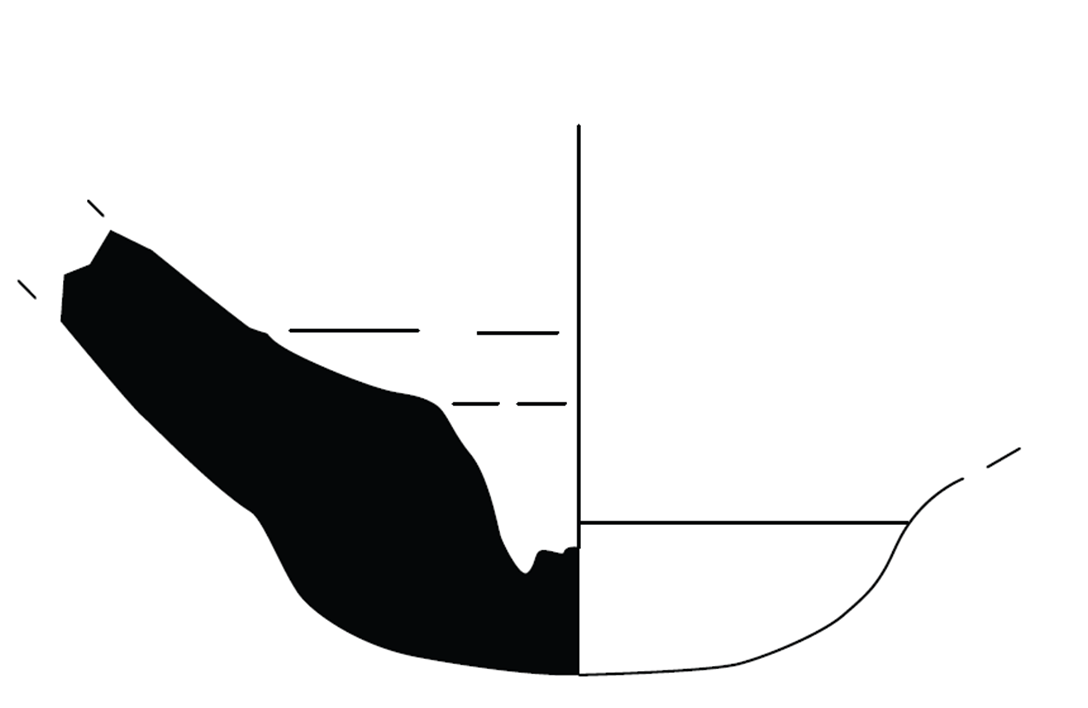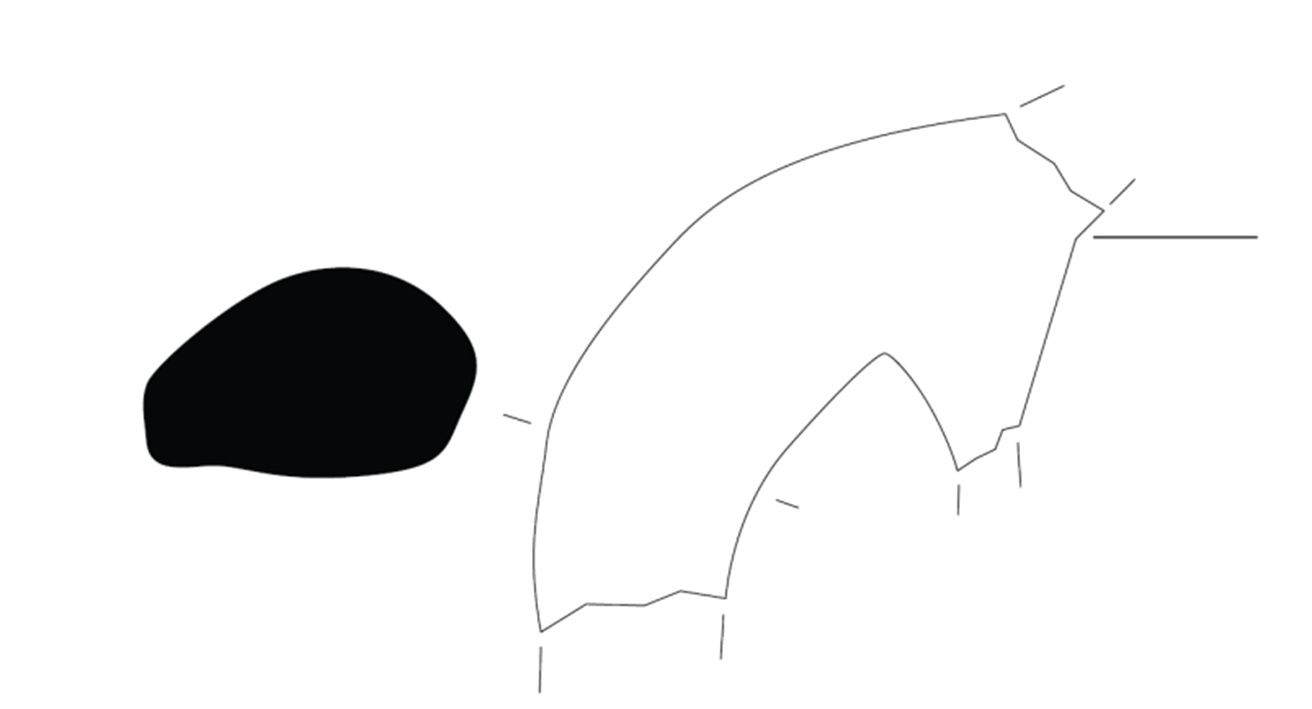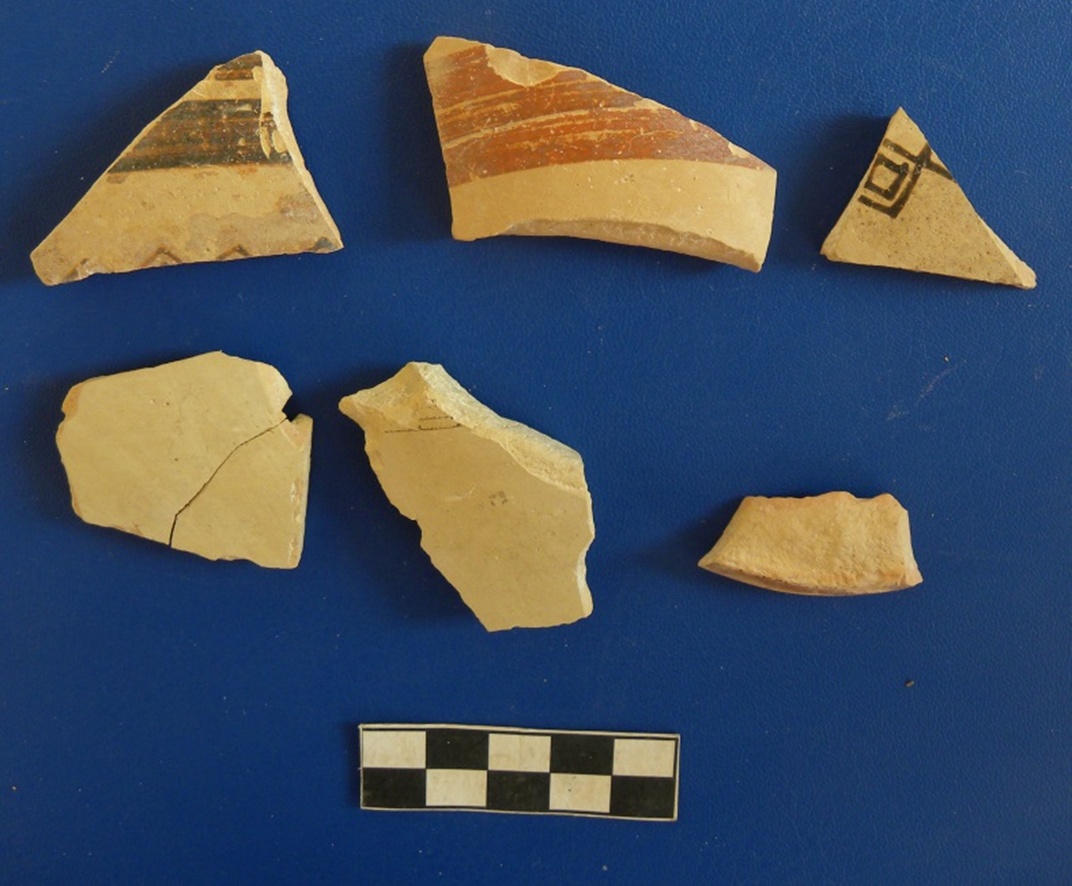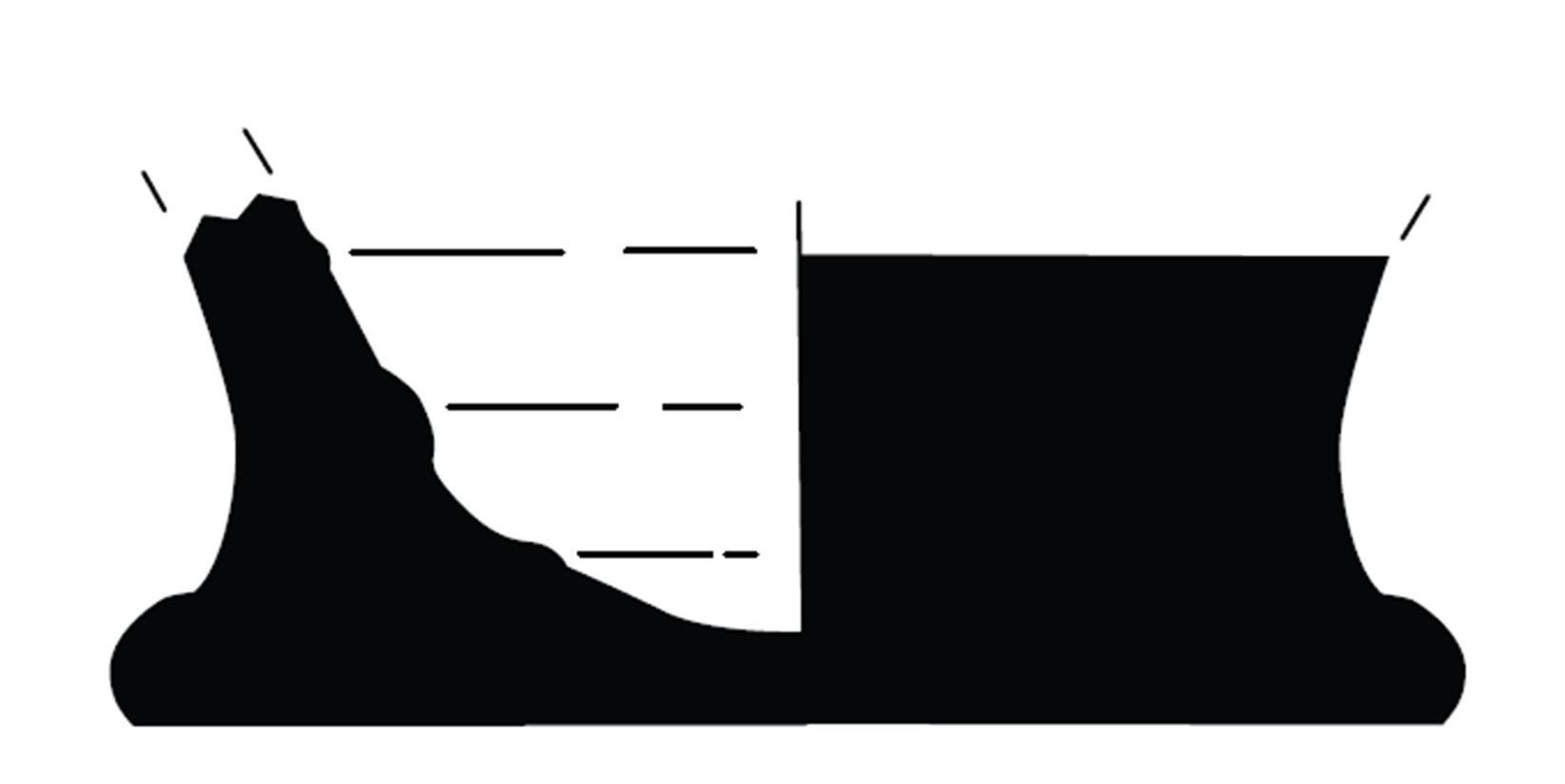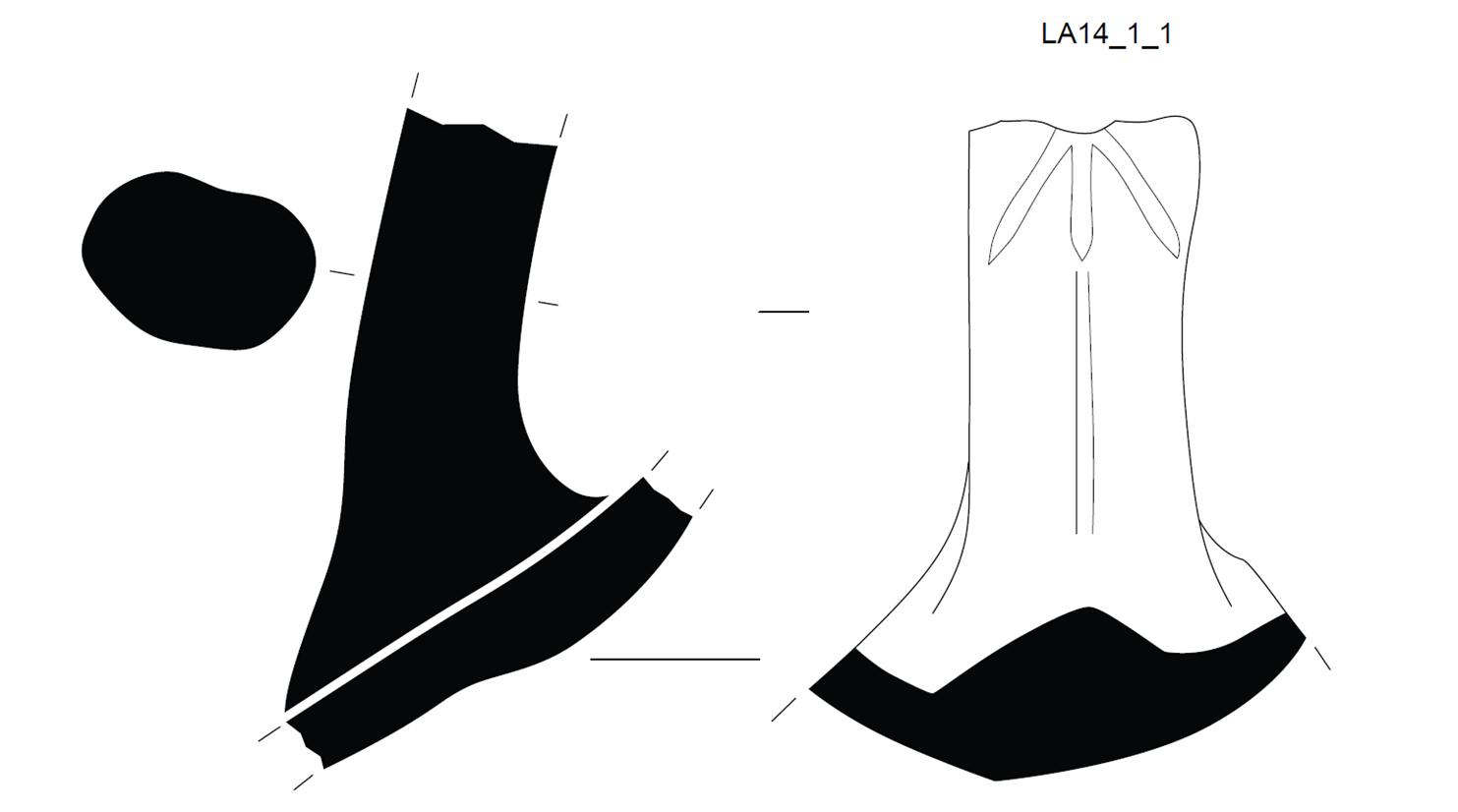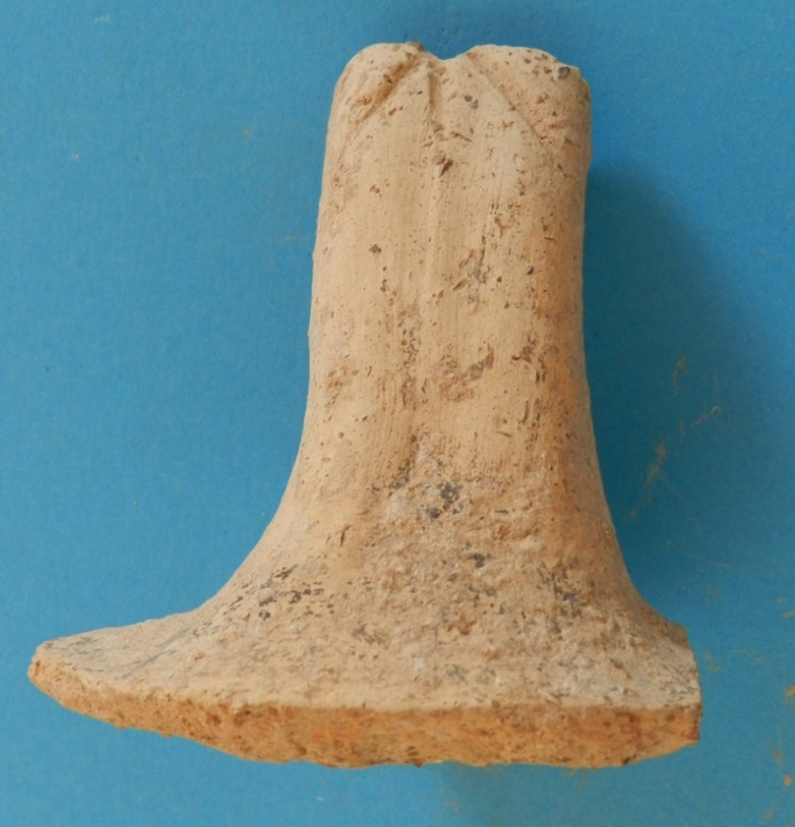|
An A.G. Leventis Funded University of Cyprus Research Project
From the metalliferous sources to the citadel complex of Ancient Paphos: archaeo-environmental analysis of the mining and the built environment (2017-2019) |
|||
|
The Final Report of the project can be downloaded here
|
|||
|
|||
|
Summary of the Research Project Major methodological advances in the archaeology of Cyprus over recent years have rendered it a prominent field of research concerning Mediterranean island cultures. State-of-the-art archaeo-environmental projects have been successfully carried out on Prehistoric and Bronze Age sites enhancing our understanding of the island’s socio- economic structure to the end of the second millennium BC. The same, however, cannot be said of the first millennium BC. Few field projects of this period have focused on the collection and treatment of archaeo-environmental data that can provide evidence on the political economy and the administrative system of the Cypriot ‘kingdoms’. A rare opportunity to explore the resource exploitation strategies and the networking pattern of one of the Iron Age polities is now provided by the unexpected discovery in 2014-2015 of an industrial and storage complex by the Palaepaphos Urban Landscape Project (PULP), which has been carrying out intensive landscape analysis, in combination with short-term targeted excavations, since 2006. Constructed circa the end of the sixth century BC, this monumental complex extends over 65m next to a poorly known edifice, identified since the 1950s as a royal residence. Both are situated on the north side of the citadel of Hadjiabdoullah, the easternmost plateau within the urban landscape of Ancient Paphos. |
|||
|
|||
|
Instead of proceeding at fast pace to expose this impressive complex, whose stone- built units are preserved to a height of 1.50-1.80m, we have (as of 2016) redefined the priorities of the excavation schedule so that they may comply with the requirements of a holistic archaeo-environmental project and the need to document and maintain a fine scale record of the depositional history of each unit. Besides ensuring the proper collection of organic and inorganic materials, especially from below the collapsed roofs that have sealed most of the units, industrial and other residues from production areas and storerooms will also be analysed with particular reference to the metal and timber resources of the Paphos hinterland. PULP’s continuing survey of slag heaps in the long abandoned metalliferous area of Paphos on the southwestern fringe of the Troodos forest has allowed us to argue that copper procurement and, most likely, also shipbuilding (if epigraphical and literary sources are taken into consideration), may have been the main industries of the polis-state of Paphos. This model can now be tested through a collaborative project that will bring together a group of specialists (with access to laboratory facilities), all of whom have pledged their commitment to the project. |
|||
|
The political economy of the city-state of Paphos, one of Cyprus’s ancient polities For the first time since the development of the archaeo-sciences and their (still erratic) application to the archaeology of Cyprus (primarily, in the context of prehistoric and Bronze Age projects), the unexpected discovery of an extensive and extremely well preserved citadel complex, with purpose-built industrial production and storage units, provides a singular opportunity for the study of the economic system of one of the Cypriot polities: the city-state (‘kingdom’) of Paphos during the late Archaic and Classical periods. To this day, we rely on assumptions, largely based on the epigraphical and numismatic record of Paphos, in order to interpret how this polity was able to function as an autonomous territorial state to the end of the fourth century BC. Today, and for the first time, we can begin to construct an economic model based on real data: we have before us substantial, contextually pristine and economically significant material remains, which if properly collected and analysed by experienced archaeo-scientists in laboratories that have the required facilities, will provide trustworthy scientific evidence regarding the unto now unidentified aspects of the political economy of this one Cypriot city-state. Situated on the Hadjiabdoulla plateau, close to one km to the east of the sanctuary of Aphrodite at Koukia-Palaepaphos, the monumental complex, which occupies the north side and slope of the citadel terrace, was erected towards the very end of the sixth century BC. Together with Laona, the site of a man-made tumulus lying less than 80m to the north, the Hadjiabdoulla complex was first identified in the course of the landscape analysis project (PULP) we have been carrying out in the area since 2006. Both sites have undergone sufficient field investigation (Hadjiabdoulla 2009-2016; Laona: 2012-2016) that has determined their original character as well as the duration of their use: the Hadjiabdoulla complex was gradually abandoned before the late Ptolemaic/Hellenistic period (late 2nd c. BC); the Laona tumulus was apparently erected in the 3rd c. BC, partly over a Cypro-Classical rampart. |
|||
|
|
|||
|
| Zomenia Zomeni Senior Geological Officer Geological Survey Department, Cyprus
|
Geologist | 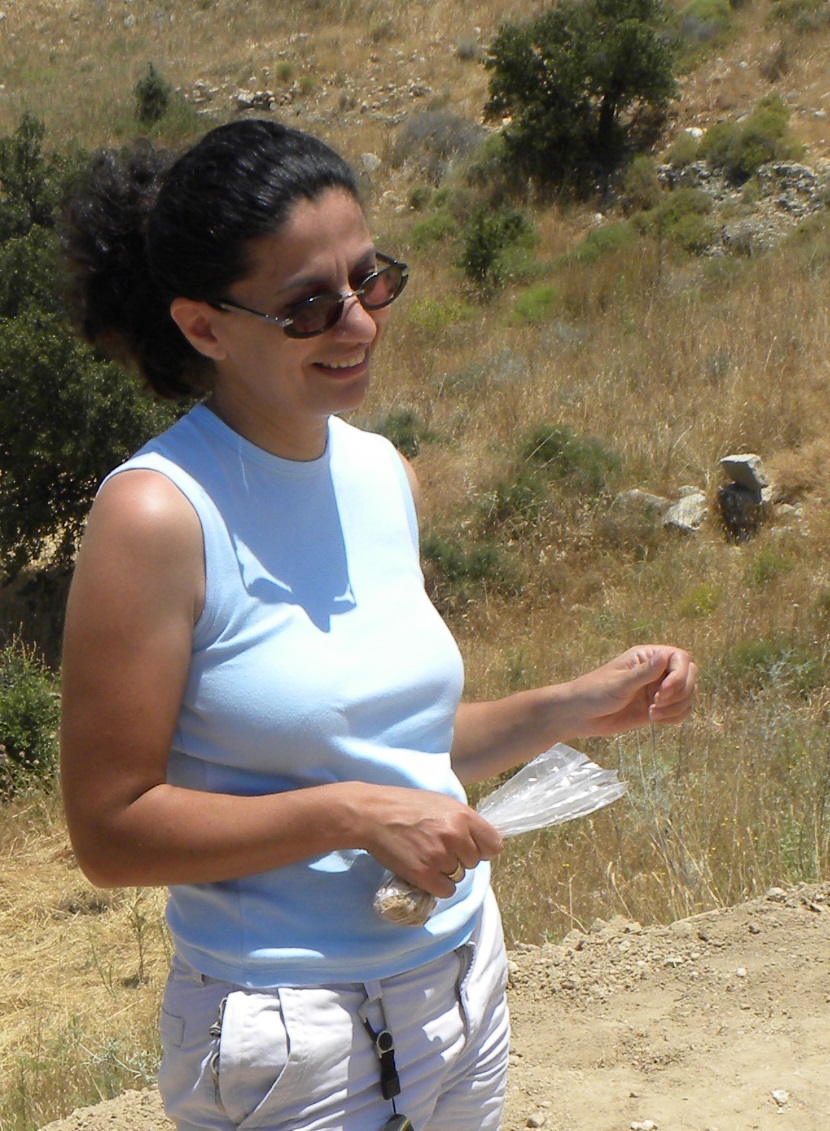 |
| Athos Agapiou Researcher Department of Civil Engineering and Geomatics
Cyprus University of Technology
|
Cartography and GIS | 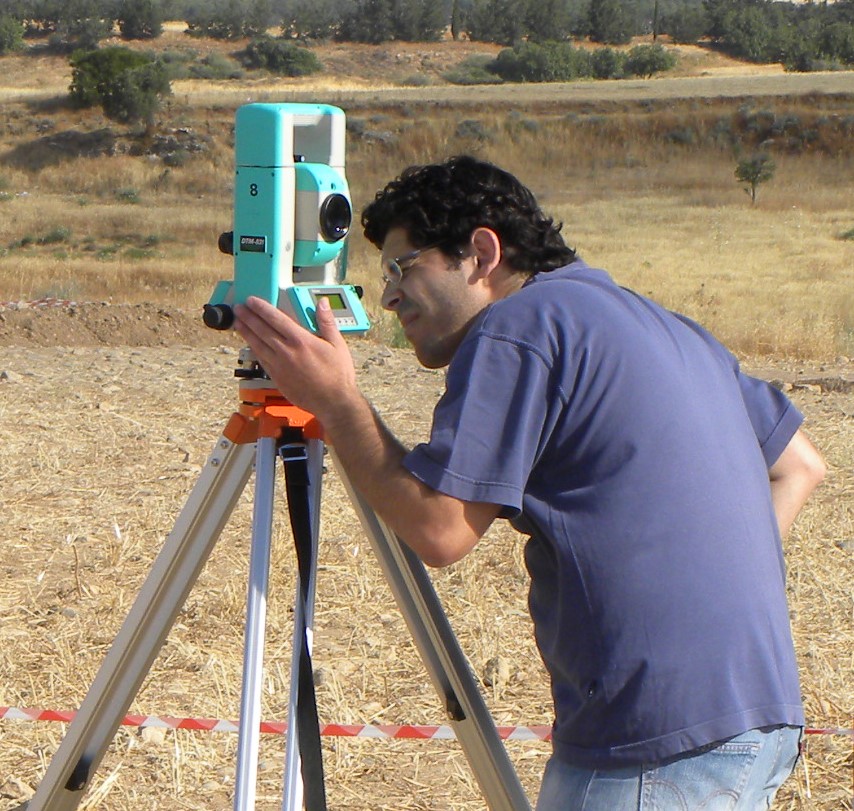 |
|
Priscilla Keswani
|
Pottery specialist (Study of LBA Storage Vessels) |
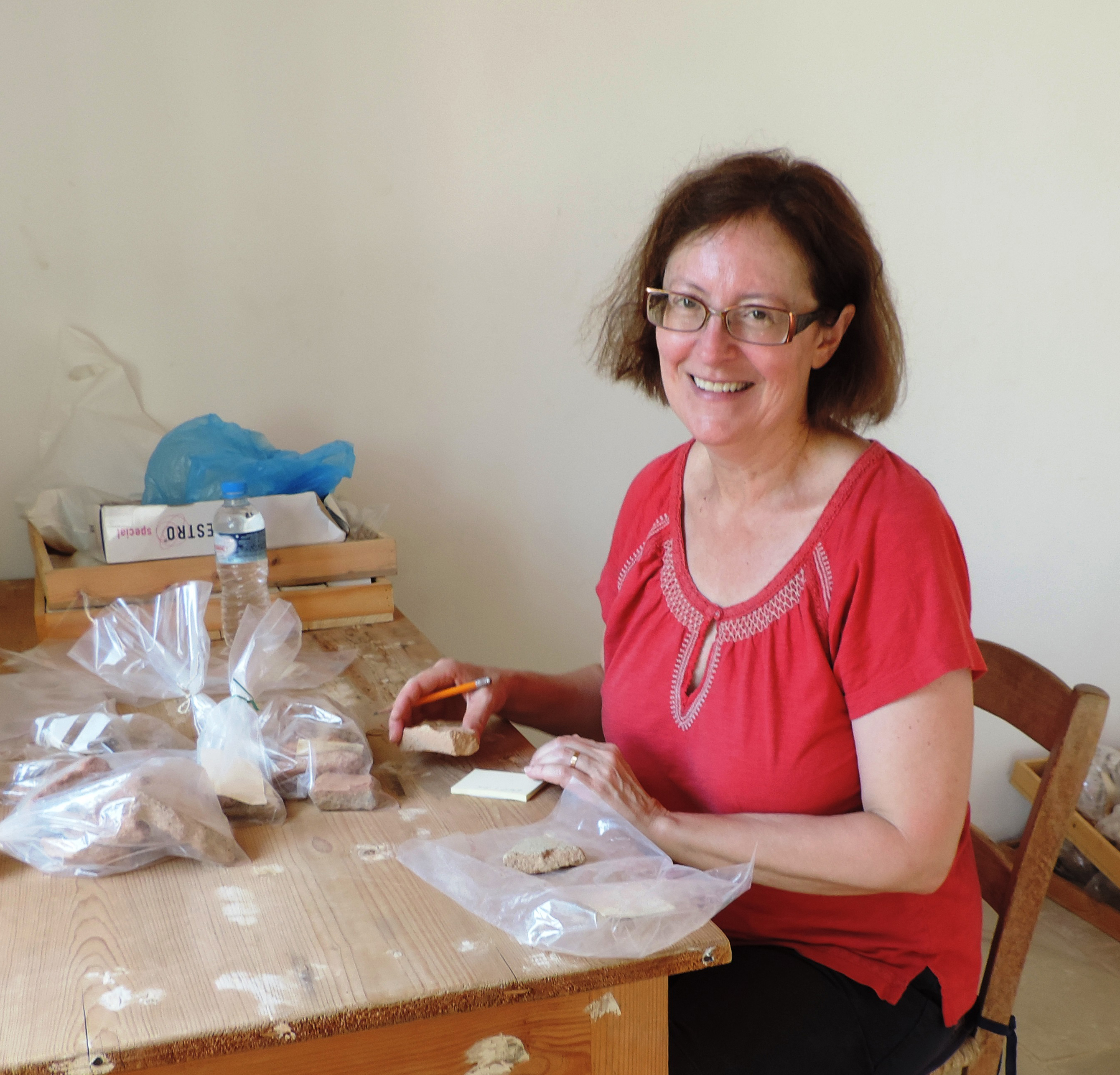 |
| Eleni Nodarou
Head of the W.A. MacDonald
laboratory of petrography INSTAP Study Center for East Crete |
Petrographer | 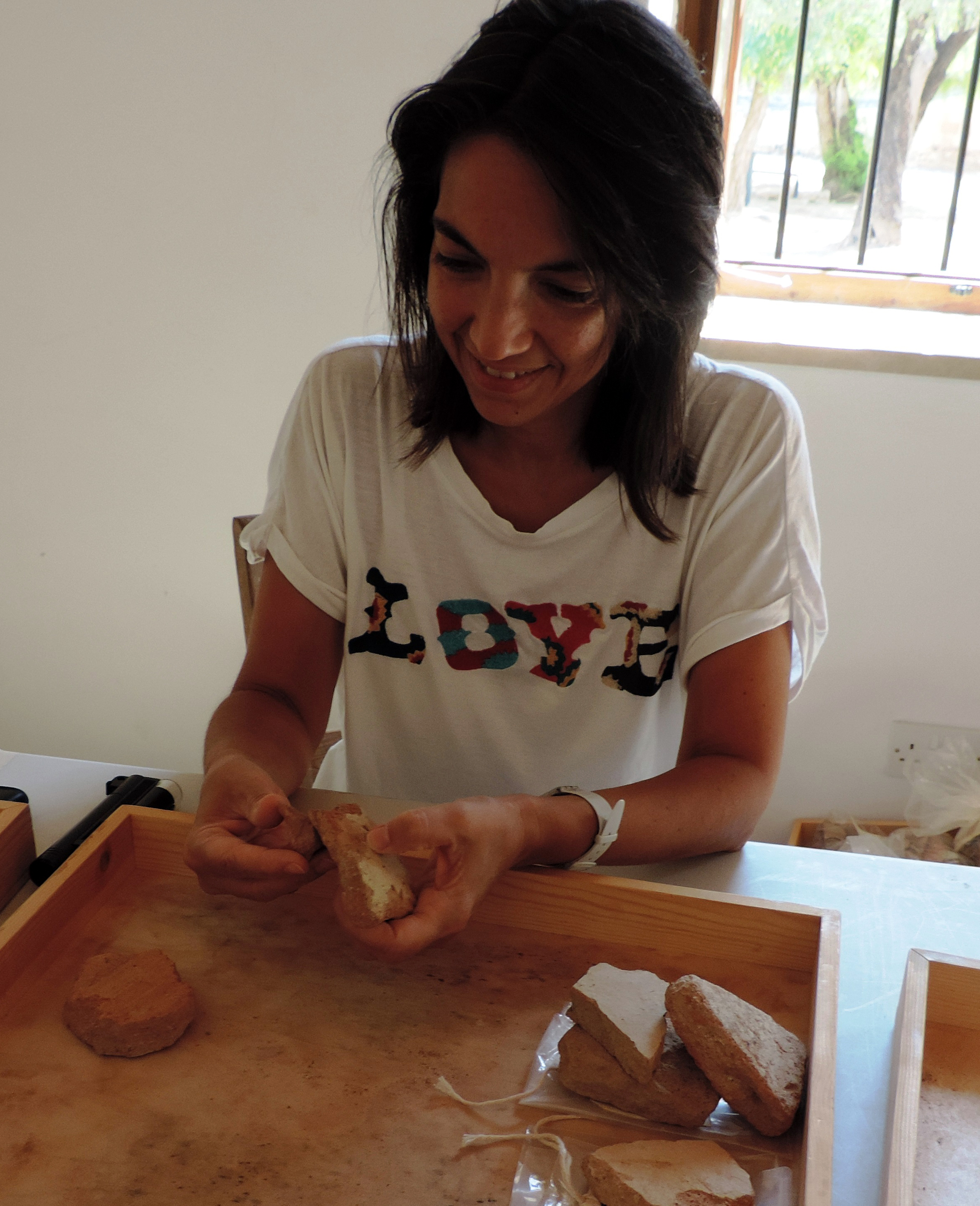 |
|
Lecturer in the Art History and Archaeology
of the Hellenistic and Roman world Université de Rennes II |
Pottery Specialist (Study of Transport Amphorae) |
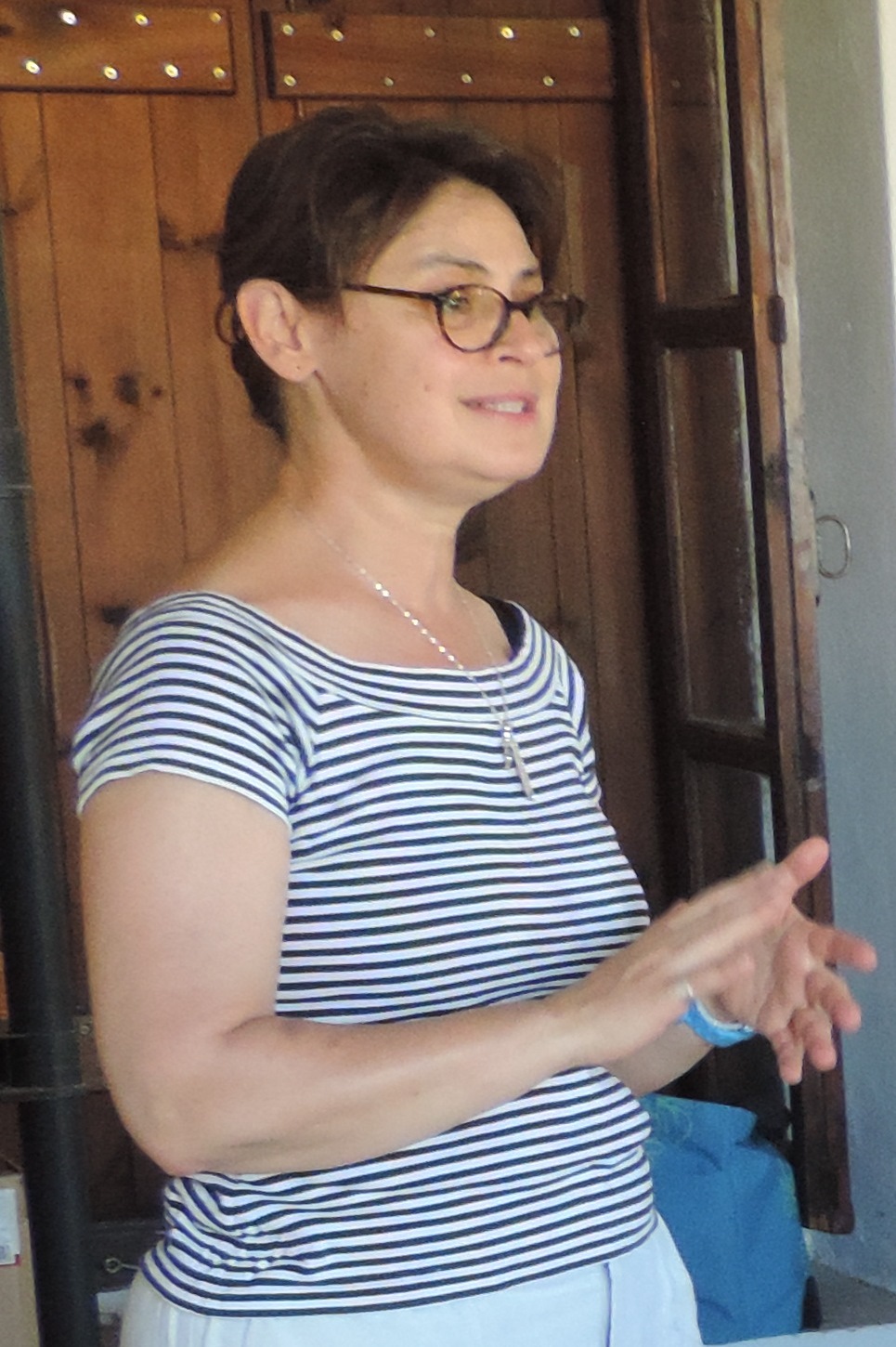 |
| Anaya Sarpaki Archaeologist-Archaeobotanist |
Archaeobotanist | 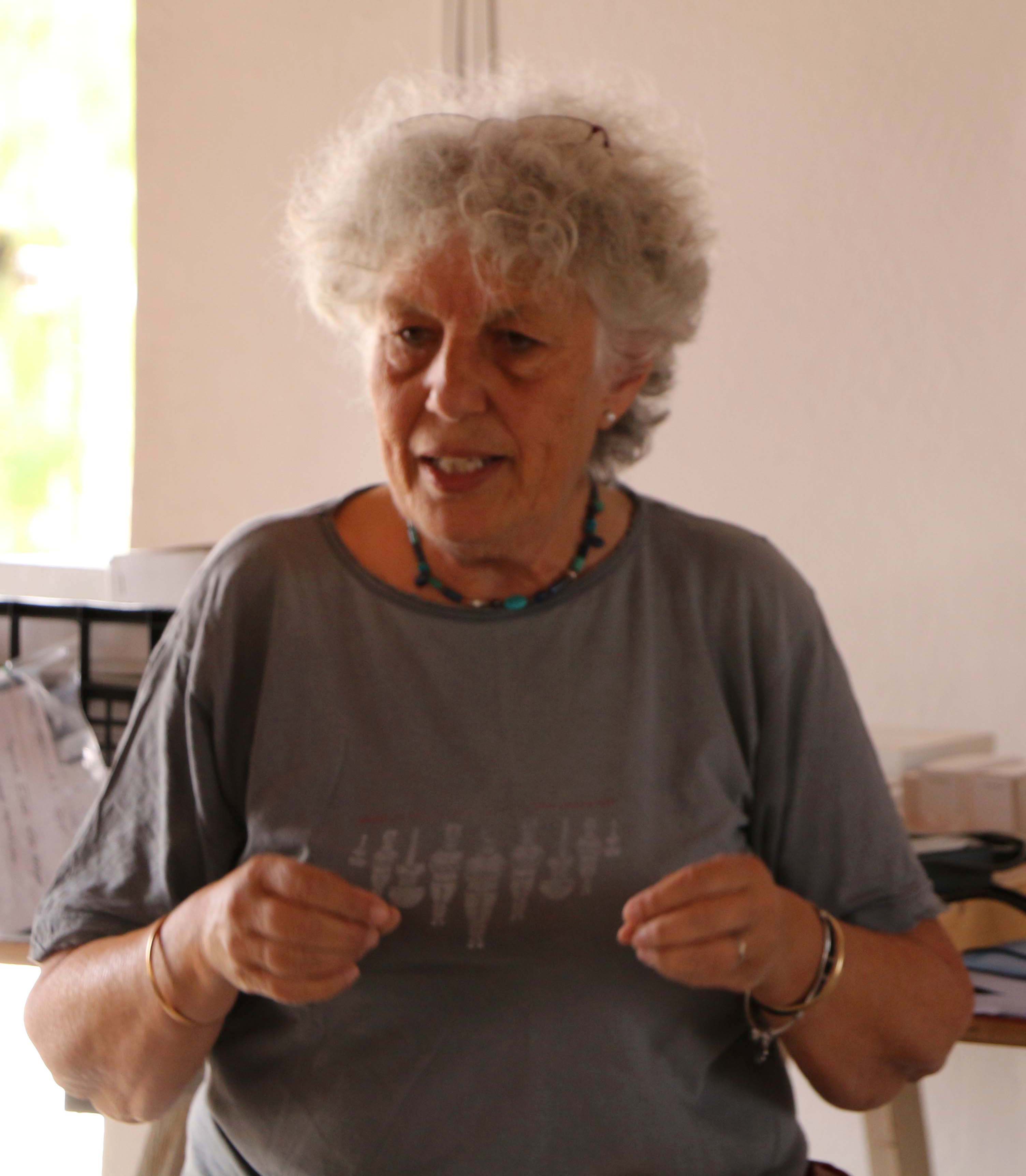 |
| Maria Ntinou Archaeobotanist M.H. Wiener Laboratory American School of Classical Studies at Athens |
Archaeobotanist | 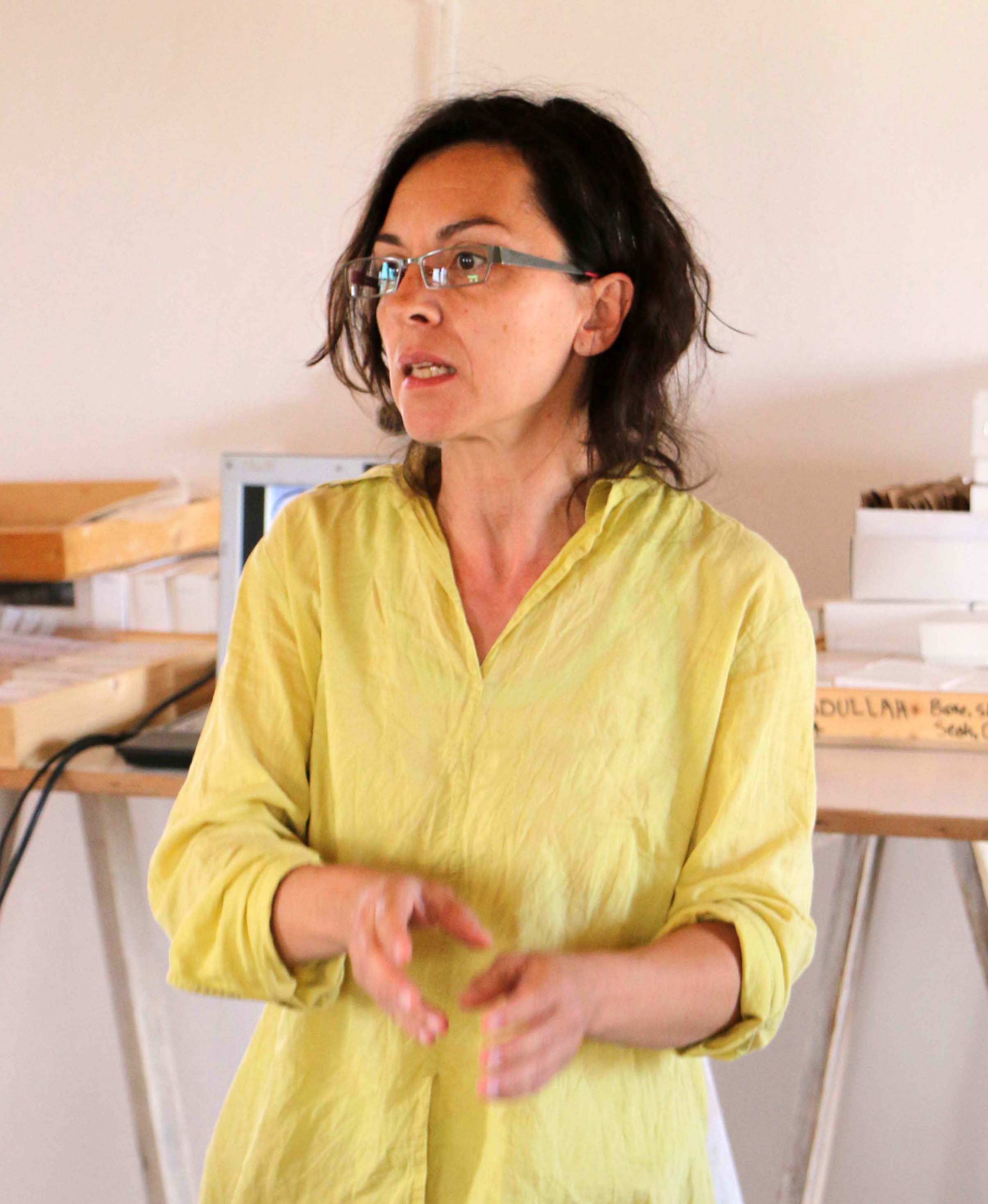 |
|
|
Site Geomorphology and Soil Micromorphology | 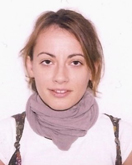 |
| Apostolos Sarris Research Director Laboratory of Geophysical-Satellite
Remote Sensing & Archaeo-environment
FORTH/IMS, Rethymno, Crete, Greece
|
Geophysical Surveys (2002-2003, 2007, 2010) | 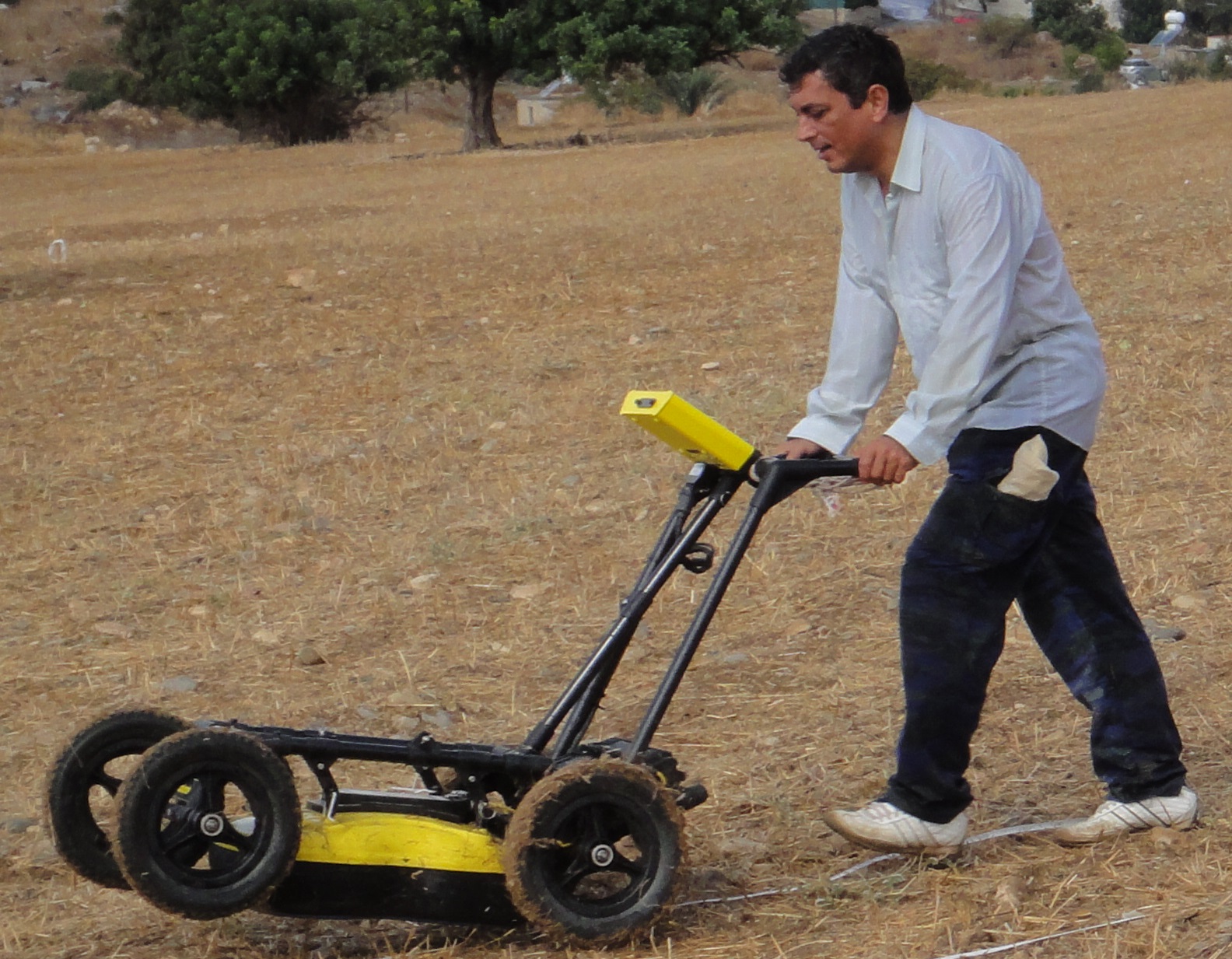 |
|
Vassilis Trigkas
Open Cartography |
3D Model Specialist | 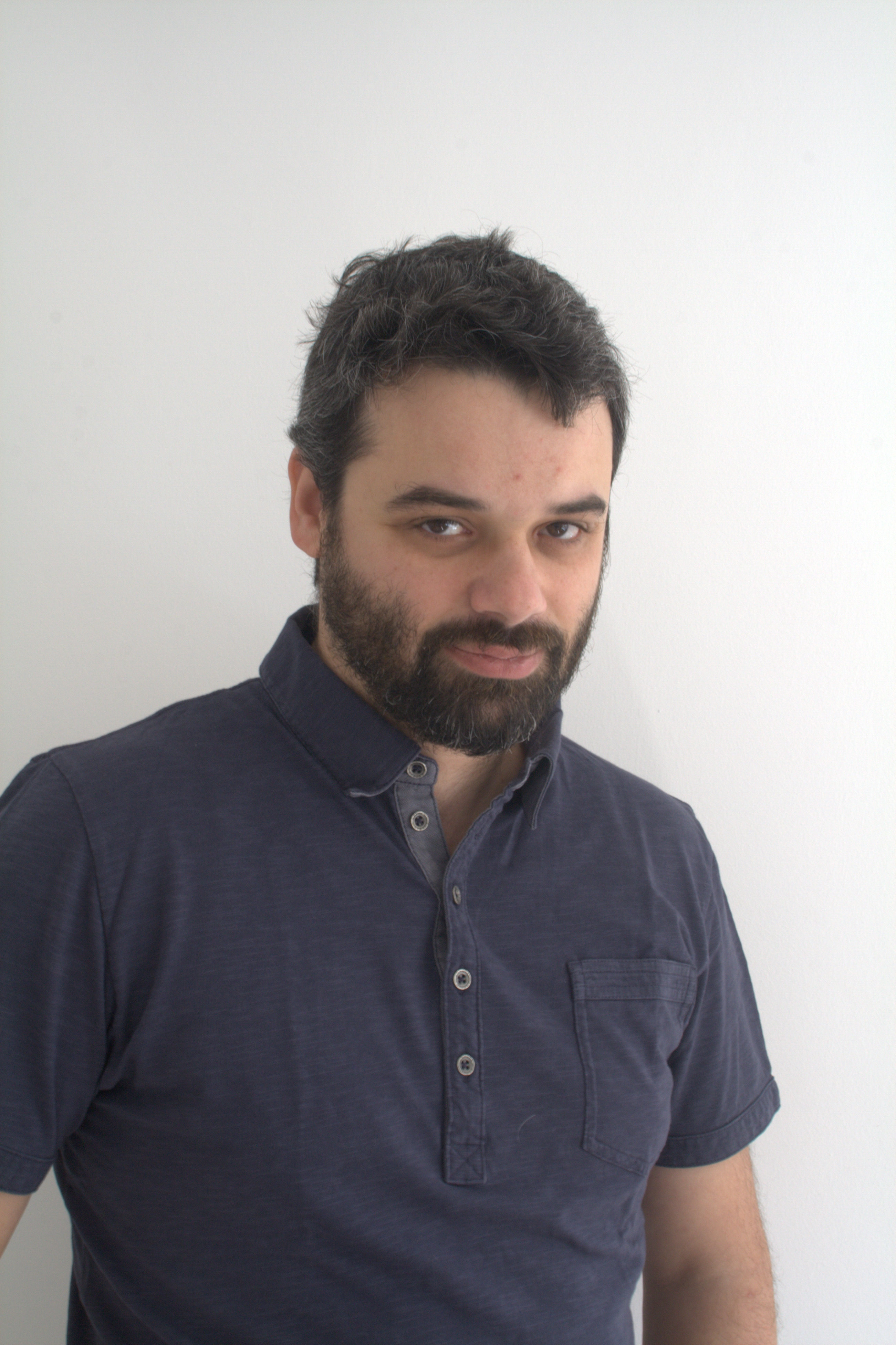 |
| Susan Sherratt Lecturer Department of Archaeology
University of Sheffield
|
Pottery specialist
(Study of LBA finds from Marcello)
|
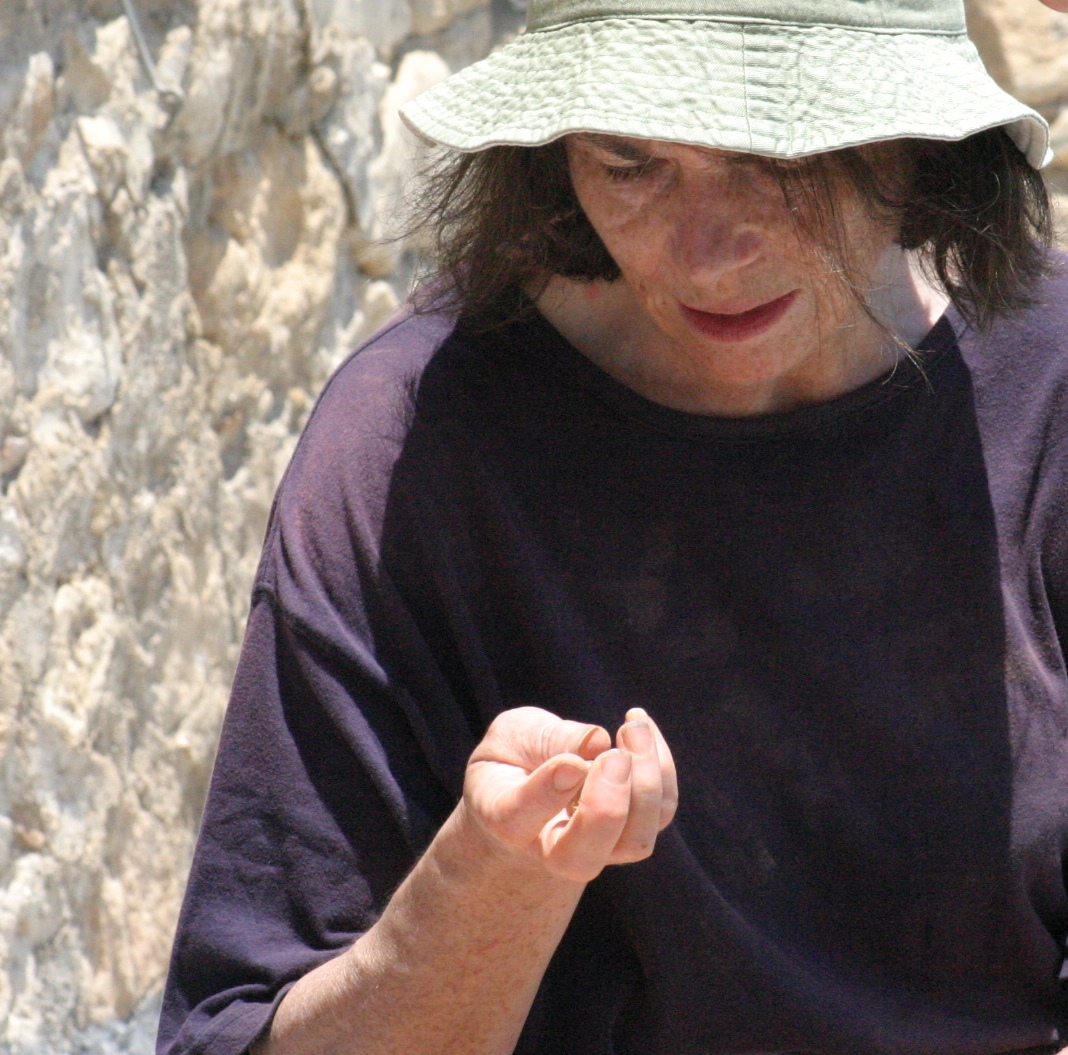 |
| Sabine Fourrier Researcher Maison de l'Orient et de la Méditerranée
Université de Lyon
|
Pottery specialist
(Study of Iron Age finds from Hadjiabdullah [seasons 2009-2010])
|
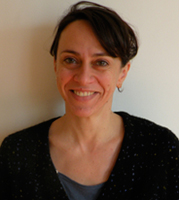 |
| Anna Georgiadou Archaeological Research Unit University of Cyprus
|
Pottery specialist
(Iron Age pottery)
Draughtsperson
|
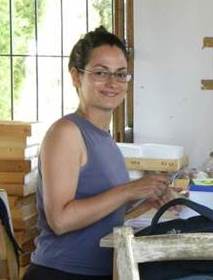 |
| Ariane Jacobs Doctoral student Vrije Universiteit Brussel
|
Pottery specialist
(LBA Plain wares)
|
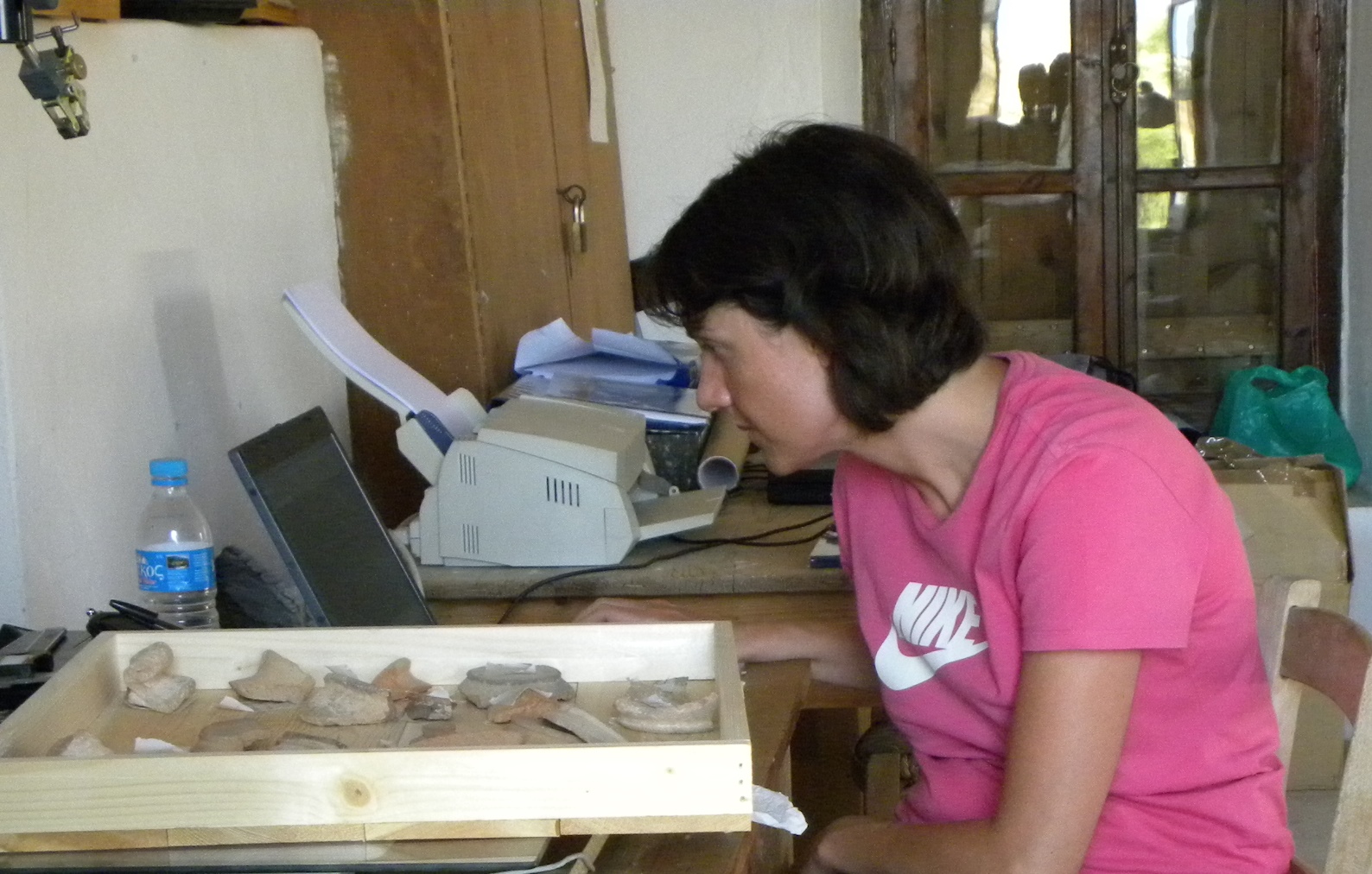 |
|
Paraskevi Tritsaroli
Muséum National d'Histoire Naturelle, Institut de Paléontologie Humaine, Alumna |
Osteoarchaeologist |  |
|
Georgia Tsartsidou
Ephoreia of palaeoanthropology-Speleology SG, Athens Greece |
Phytolith and starch analyses |  |
|
Dimitra Mylona
Faunal Specialist at the INSTAP Study Center for East Crete
|
Zooarchaeologist |  |
|
Takis Karkanas
Director of the M. H. Wiener Laboratory of Archaeological Science, American School of Classical Studies at Athens. |
Geoarchaeologist |
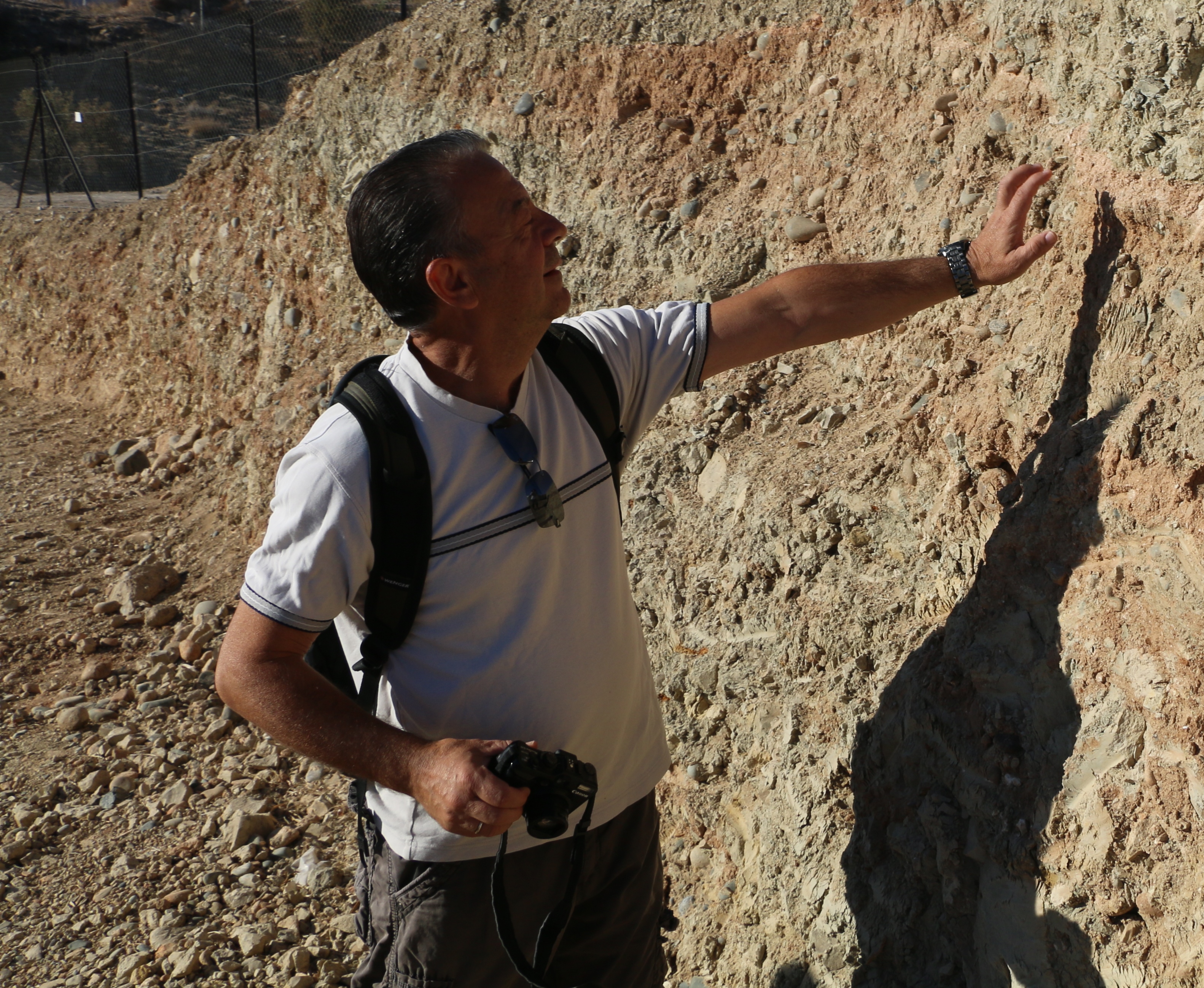 |
|
Architectural specialist.
Collaboration for project "Building sustainability"
|
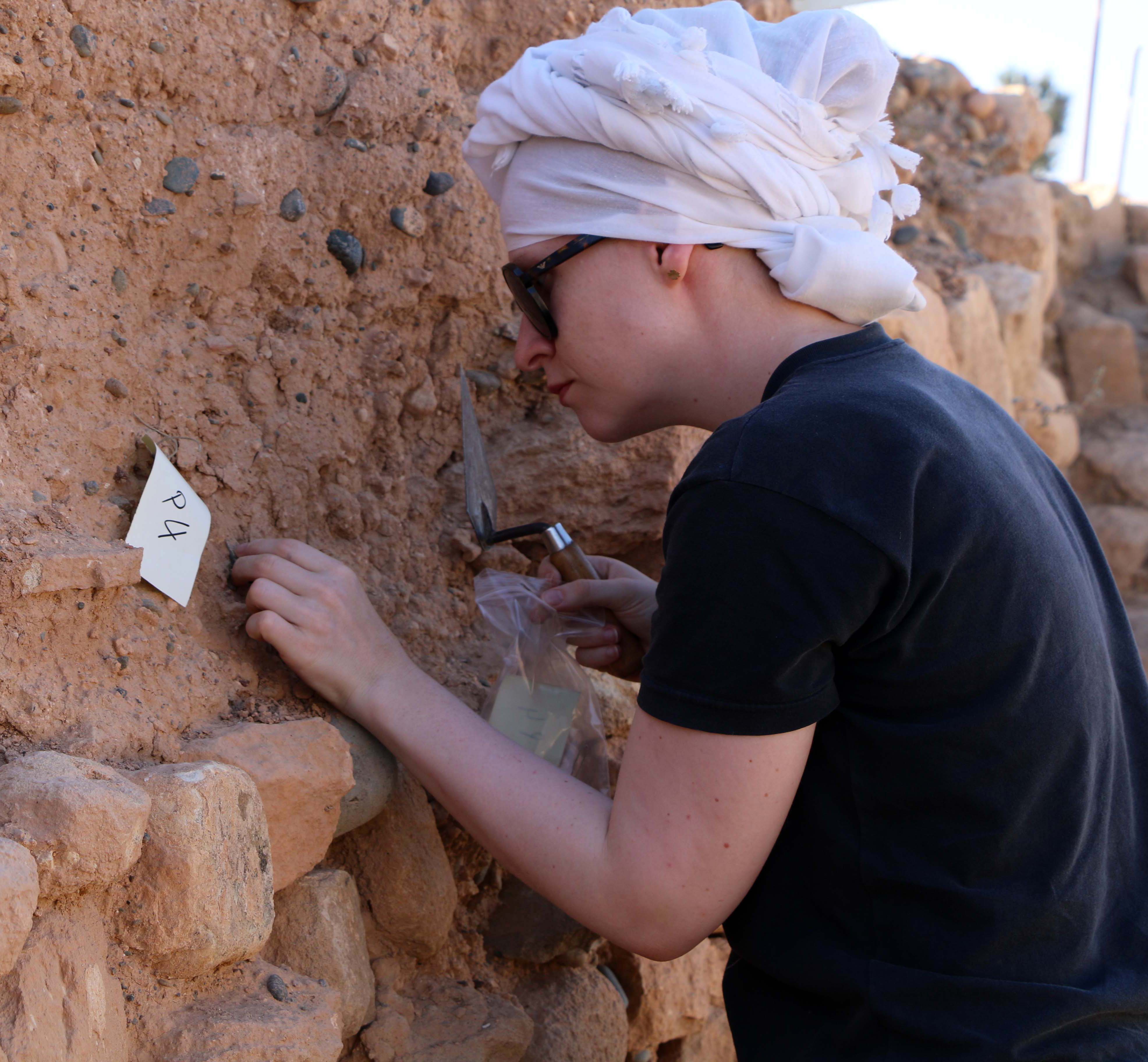 |
| Lectures and Conference presentations | ||
|
|
||
| Publications | ||
|
||
|
|
||
| International workshop organized within the framework of ARIEL CERAMIC IDENTITIES AND AFFINITIES OF THE REGION OF PAPHOS DURING THE BRONZE AGE (3rd and 2nd millennia BC)
Archaeological Research Unit, University of Cyprus
Saturday, 19 September 2015
|
| The research programme ARIEL (Archaeological Investigations of the Extra-Urban and Urban Landscape in eastern Mediterranean centres: a case-study at Palaepaphos) organized an international workshop, entitled "Ceramic identities and affinities of the region of Paphos during the Bronze Age (3rd and 2nd millennia BC)" held at the Archaeological Research Unit Lecture Room on Saturday, the 19th of September 2015. The workshop elucidates the idiosyncratic pottery production of the region of Paphos during the 3rd and 2nd millennia BC in terms of fineware, storage, transport and cooking vessels. The workshop also seeks to define the affinities of the Paphian ceramic industry in relation to the production of neighbouring regions and more distant areas of the island. The ARIEL workshop hosts leading scholars and young researchers in the field of Cypriot archaeology. The participants present original material and innovative, inter-disciplinary research approaches to ceramic studies.
|
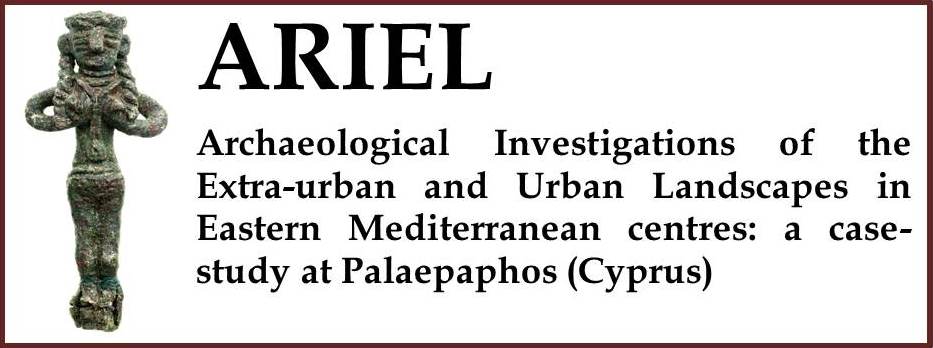 |
The research programme "Archaeological Investigations of the Extra-Urban and Urban Landscape in Eastern Mediterranean centres: A case-study at Palaepaphos, Cyprus", known by the acronym ARIEL, is a four-year (2013-2017) Marie Sklodowska Curie Career Integration Grant, hosted at the Archaeological Research Unit (ARU) (Department of History and Archaeology) of the University of Cyprus (UCY). The scientist in charge is Dr. Artemis Georgiou and the contact point at the Host institution is Professor Maria Iacovou. |
|
The aim of the research project ARIEL is the inter-disciplinary training and academic development of the scientist in charge for the purpose of undertaking innovative research in the highly sensitive historical region of the eastern Mediterranean. The geographical region of focus is defined as the Paphos hydrological zone, situated on the south-west coast of Cyprus. The area largely corresponds to the domain of the polity of Paphos, which flourished as an autonomous centre during the latter 2nd and throughout most of the 1st millennium BCE. The capital of the Paphian polity is identified in the area of the modern-day village of Kouklia. The town became known by the name Palaepaphos (Old Paphos) in the 4th century BCE, when all administrative functions shifted to Nea Paphos. ARIEL's chronological focus is defined as the Bronze Age (ca. 2400-1050 BCE), the period that coincides with the emergence and consolidation of the earliest political forms on the island. The Late Cypriot territorial polities, such as Palaepaphos, attained economic prosperity via the exploitation of the island's cupriferous zones and the trading of the final product with other Mediterranean centres. Palaepaphos' accumulation of wealth is epitomized by the construction of a megalithic Sanctuary at the opening of the 12th century BCE, which endured down to end of Late Antiquity. Despite the richness of archaeological data unearthed, the urban and extra-urban structures characterizing the Paphian polity have only recently been addressed.
Building on the accomplishments of the open-ended "Palaepaphos Urban Landscape Project" established in 2006 by Professor Maria Iacovou, the Marie Sklodowska Curie research programme ARIEL was established at the UCY in 2013. Within the framework of ARIEL, the experienced researcher, Dr. Artemis Georgiou, was employed on May 2013, on a four-year contract as a post-doctoral fellow at the Host institution, with the aim of implementing the programme's research objectives. These comprise (1) the illumination of the integral processes that led to the foundation of Palaepaphos at the dawn of the Late Bronze Age (2) the explication of the town's urban and extra-urban forms, particularly with regards to the town's urban fabric and the exploitation of the resources (3) the elucidation of the intra- and extra-island connections of the Paphian polity during the latter part of the 2nd millennium BCE and finally (4) the development of a cultural heritage management strategy that will guarantee the safeguarding of areas of archaeological value, and the education of the wider public for the need to respect archaeological remains. ARIEL is an advanced research programme that brings together traditional archaeological methodologies (i.e. archaeological excavations, typological analyses of material remains etc.), innovative multi-disciplinary approaches (i.e. Geographical Information Systems (GIS), petrography etc.) and cultural heritage management to conduct archaeological research. ARIEL's network of collaborators at the UCY, the Cyprus University of Technology, the Geological Survey Department and the Institute of Aegean Prehistory (INSTAP) Study Centre for east Crete actively engages the fields of Information Technology, geology and the natural sciences to contribute towards the analyses and interpretation of archaeological data.
|
| For the project's period report summary see: http://cordis.europa.eu/result/rcn/171529_en.html |
| ARIEL is funded from the People Programme (Marie Curie Actions) of the European Union's Seventh Framework Programme FP7/2007-2013/ under REA grant agreement no. 334271. |
 |
 |
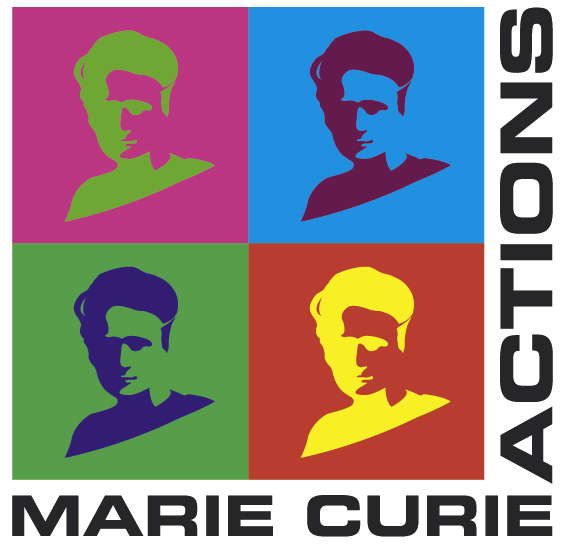 |


